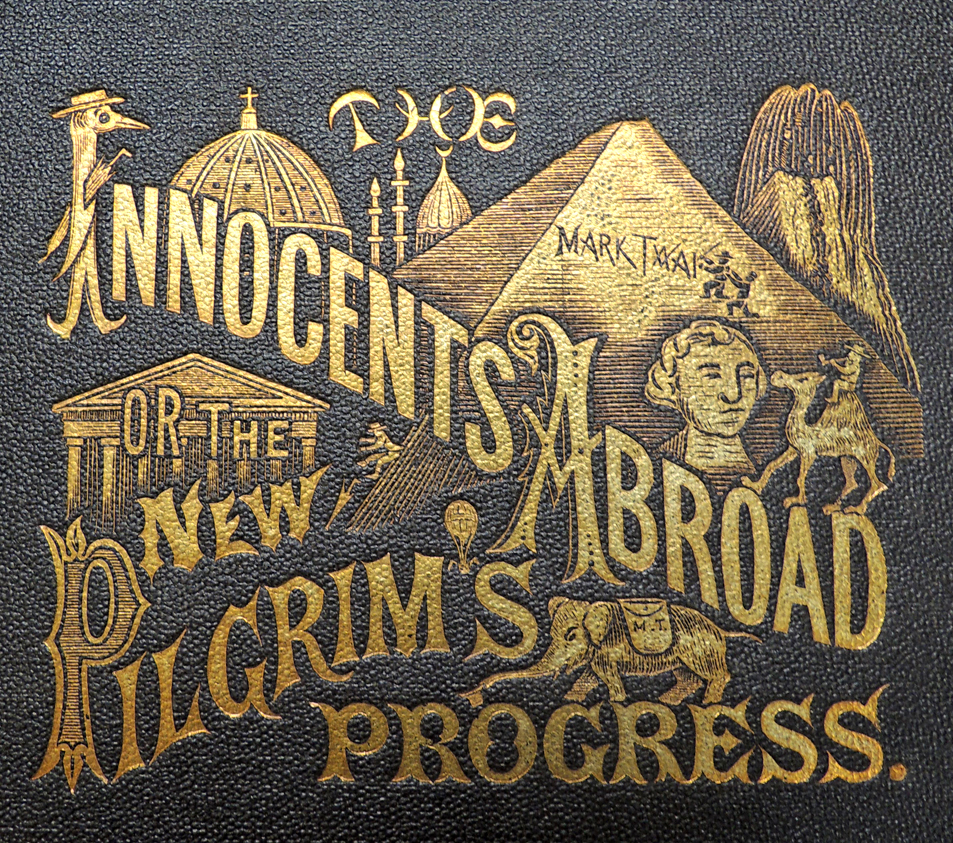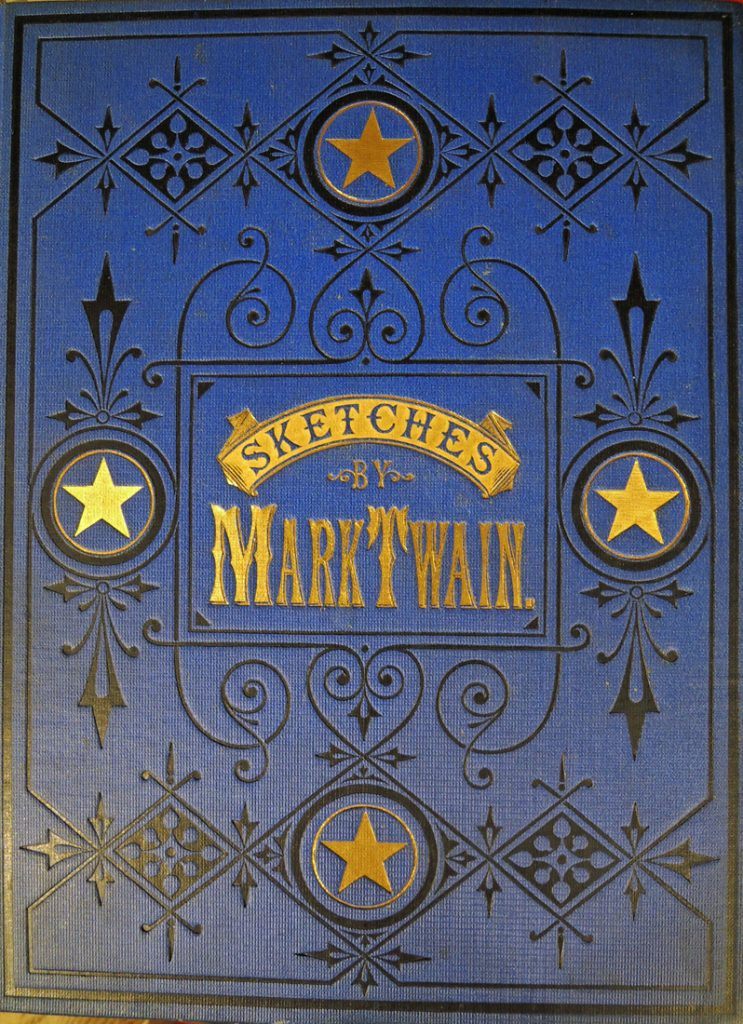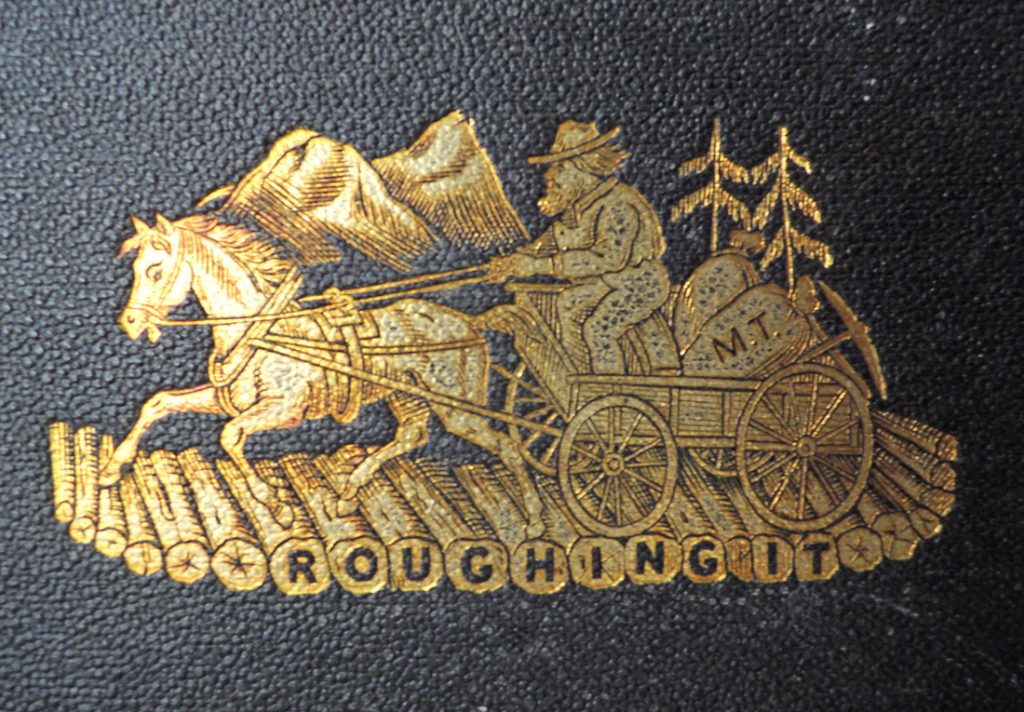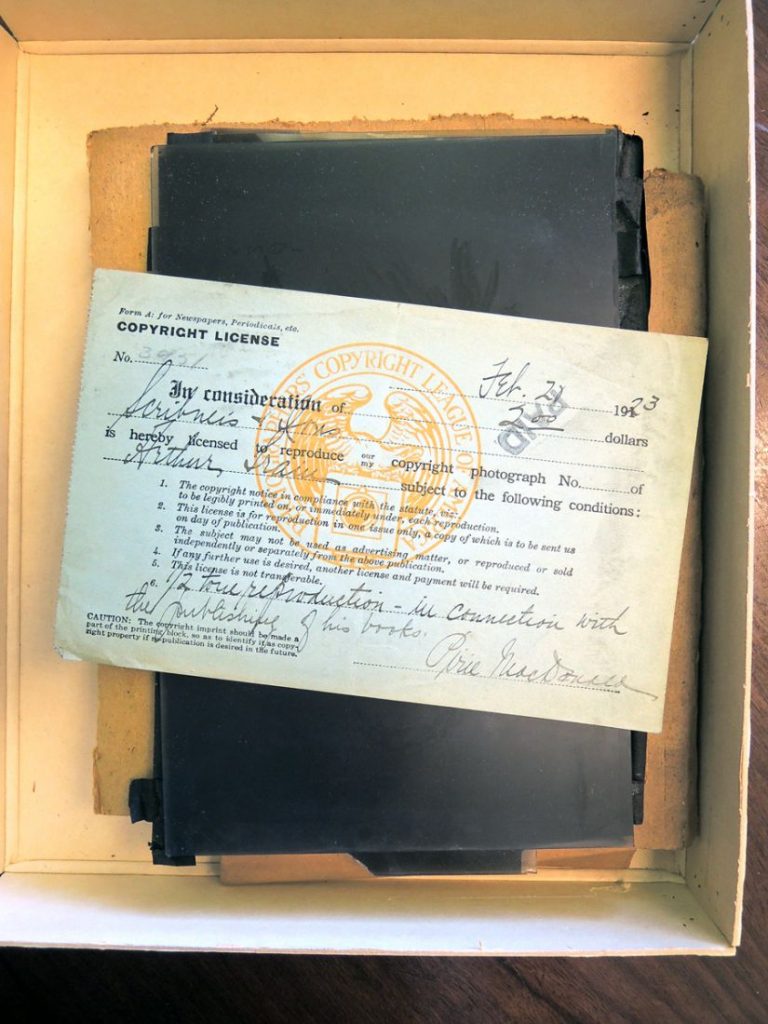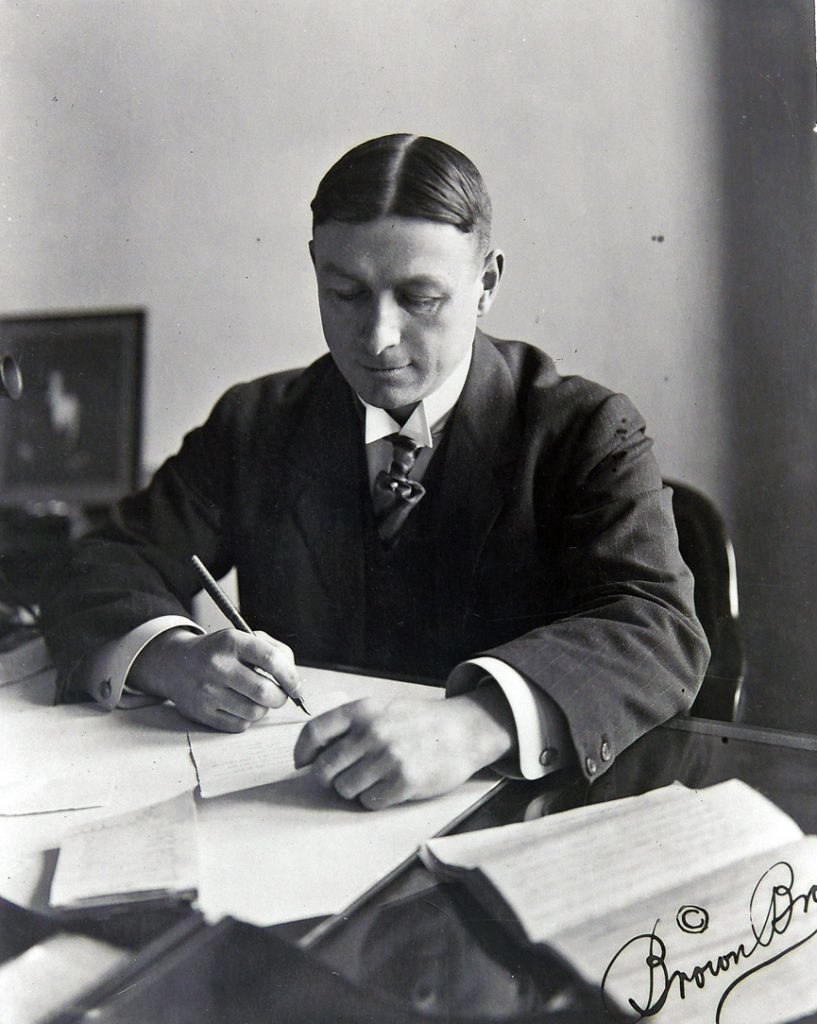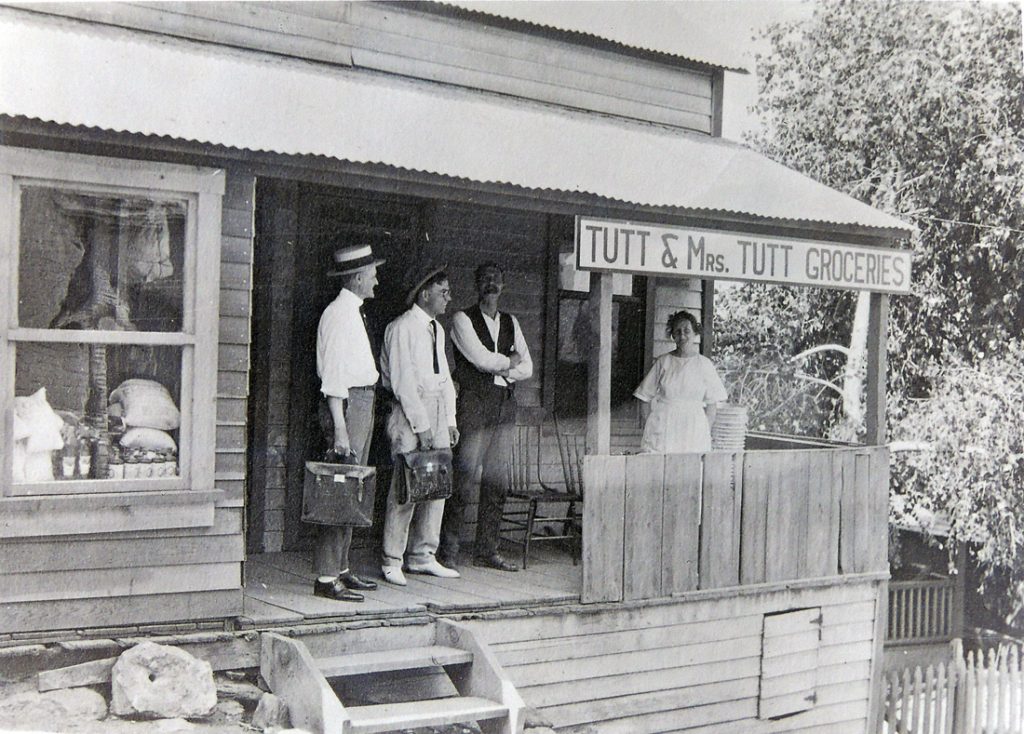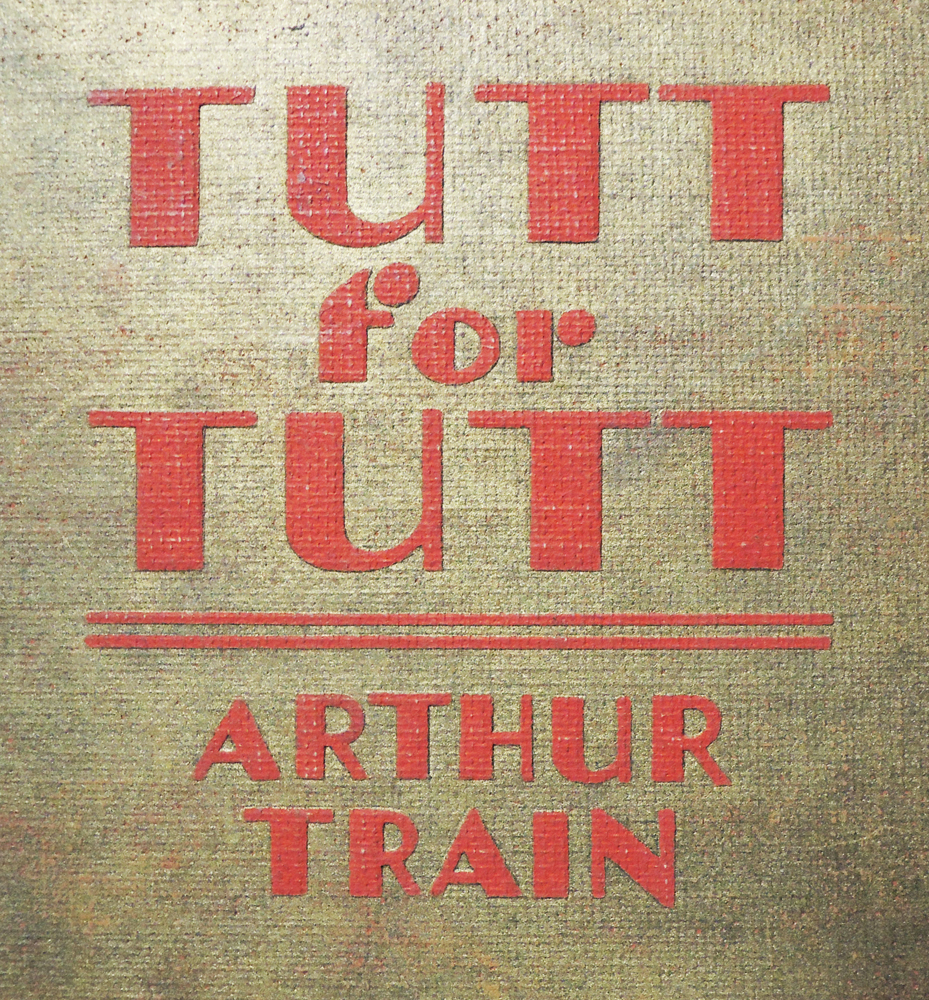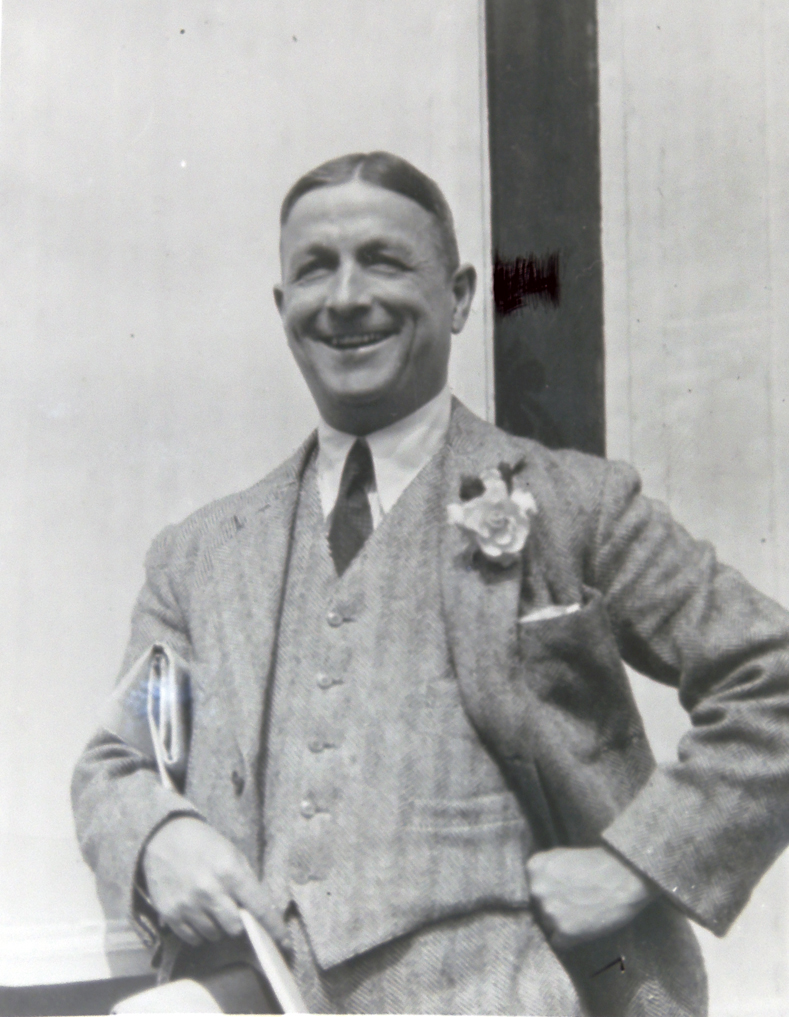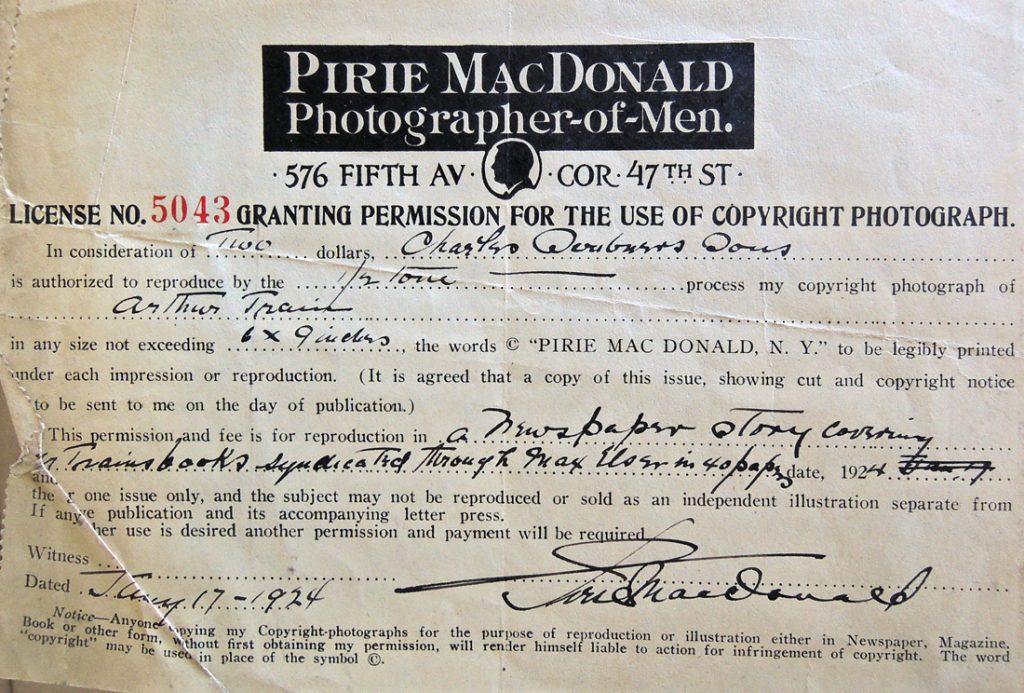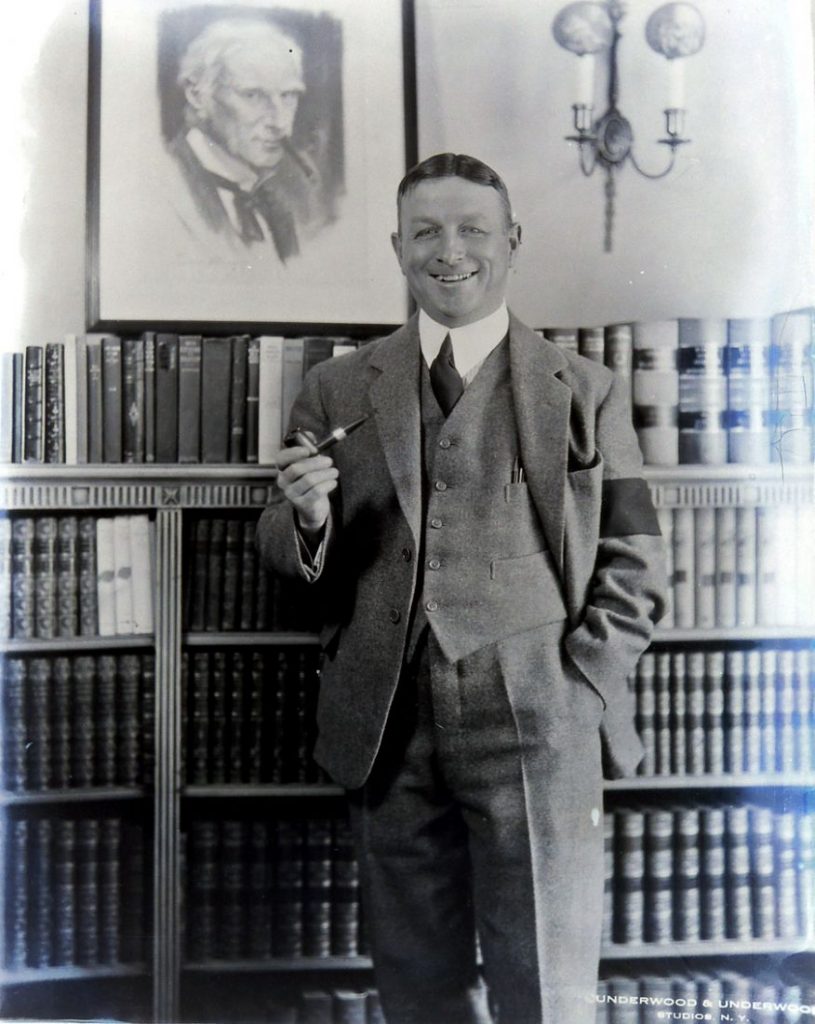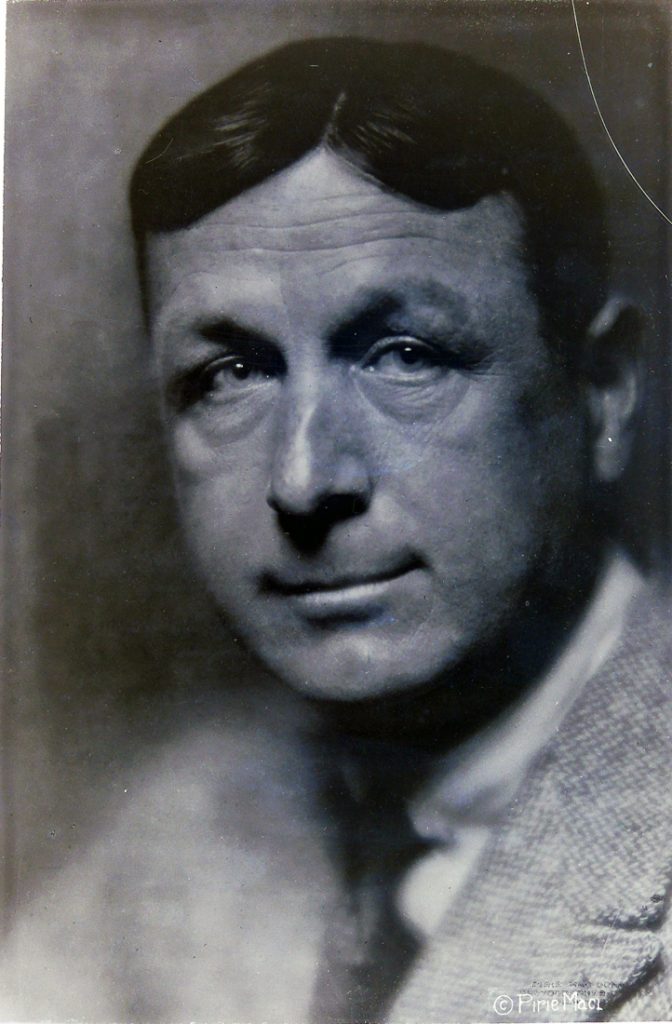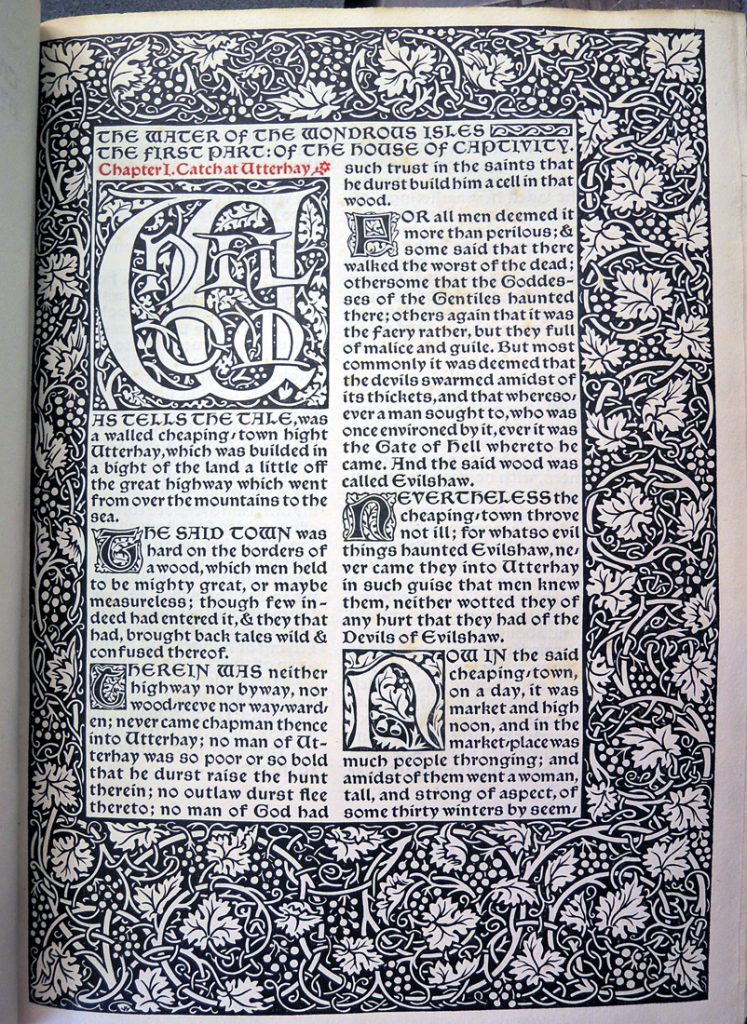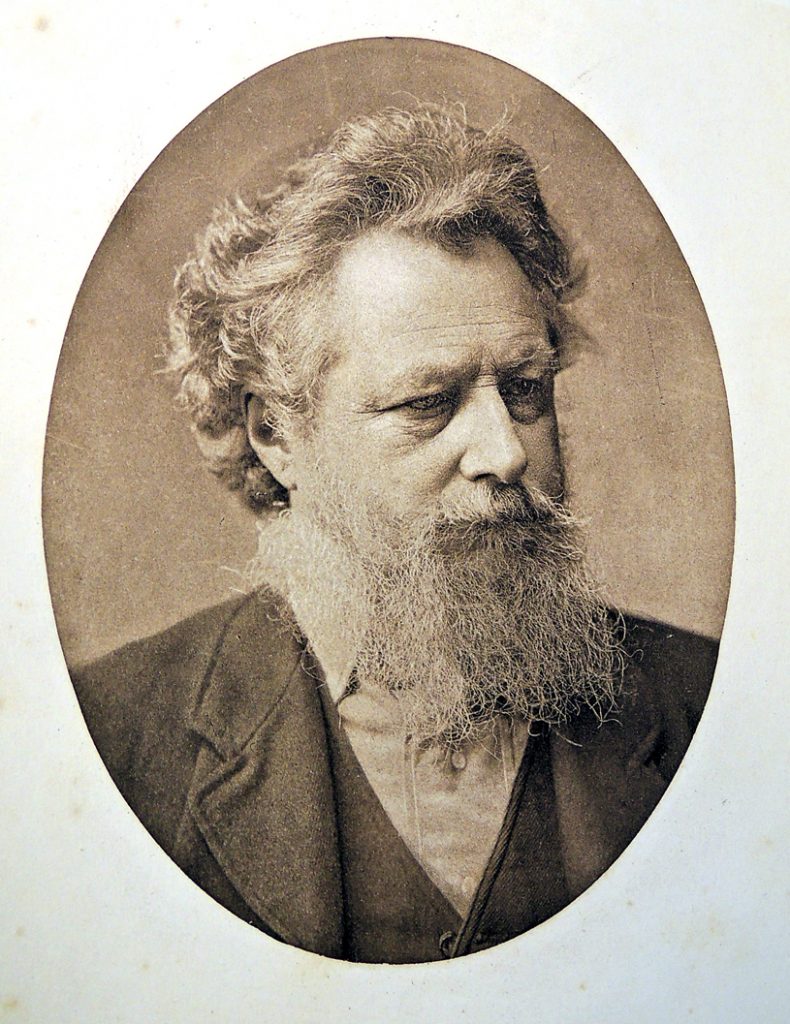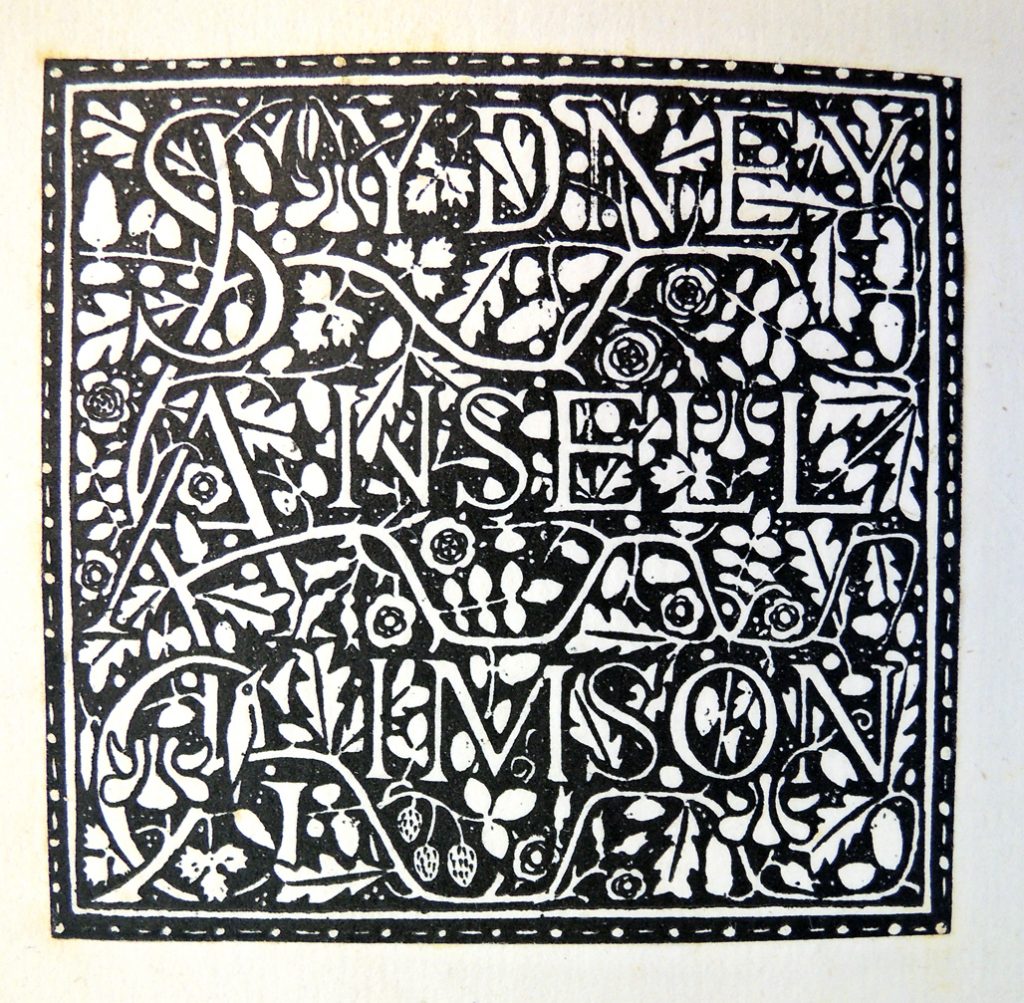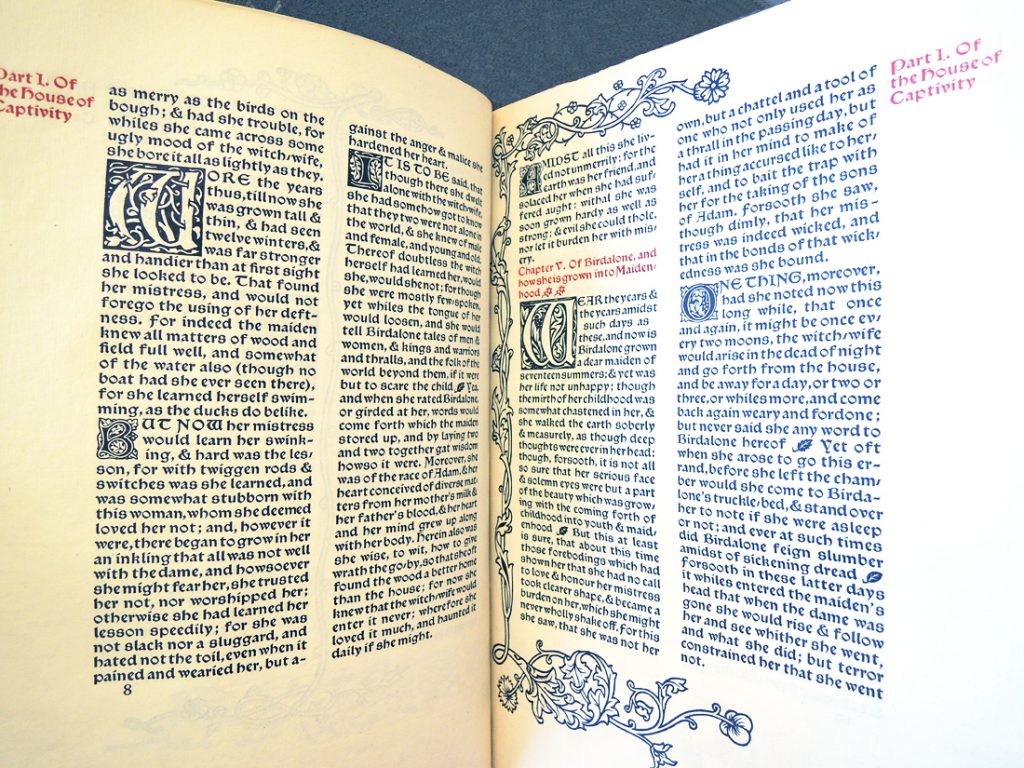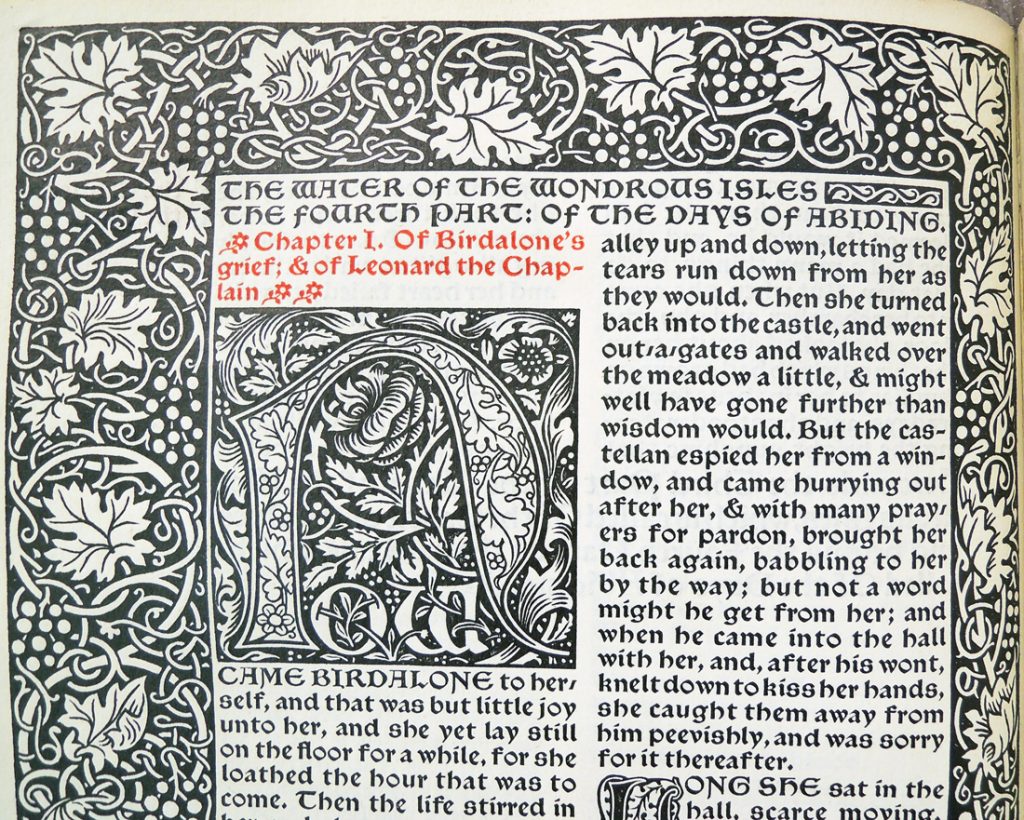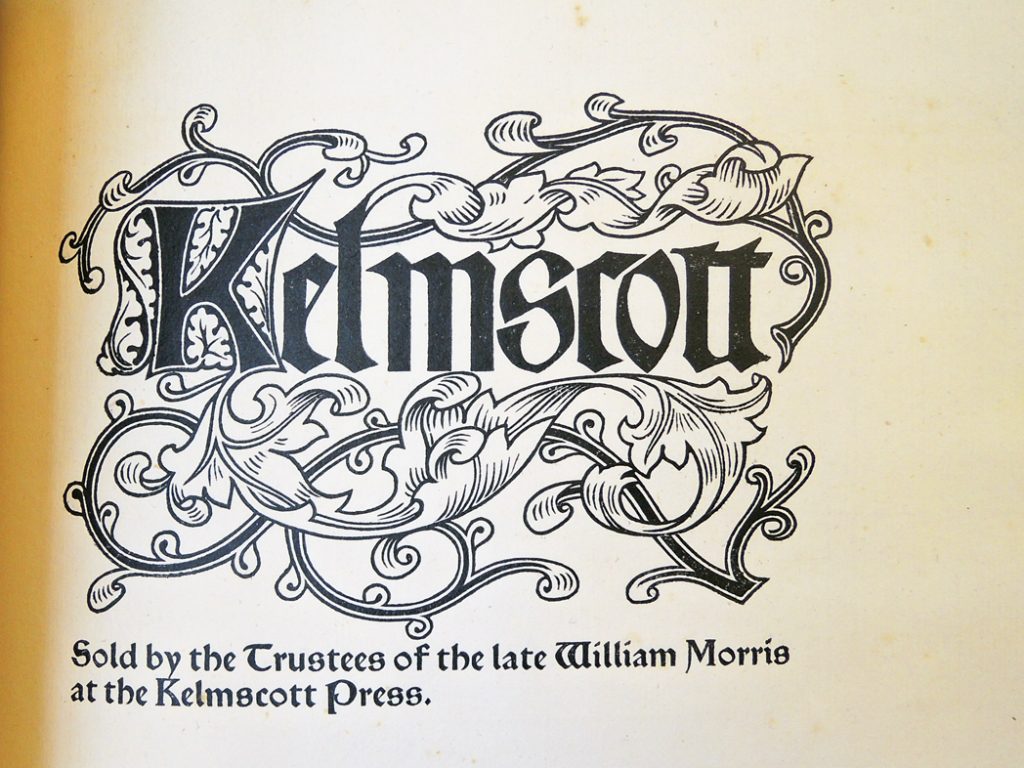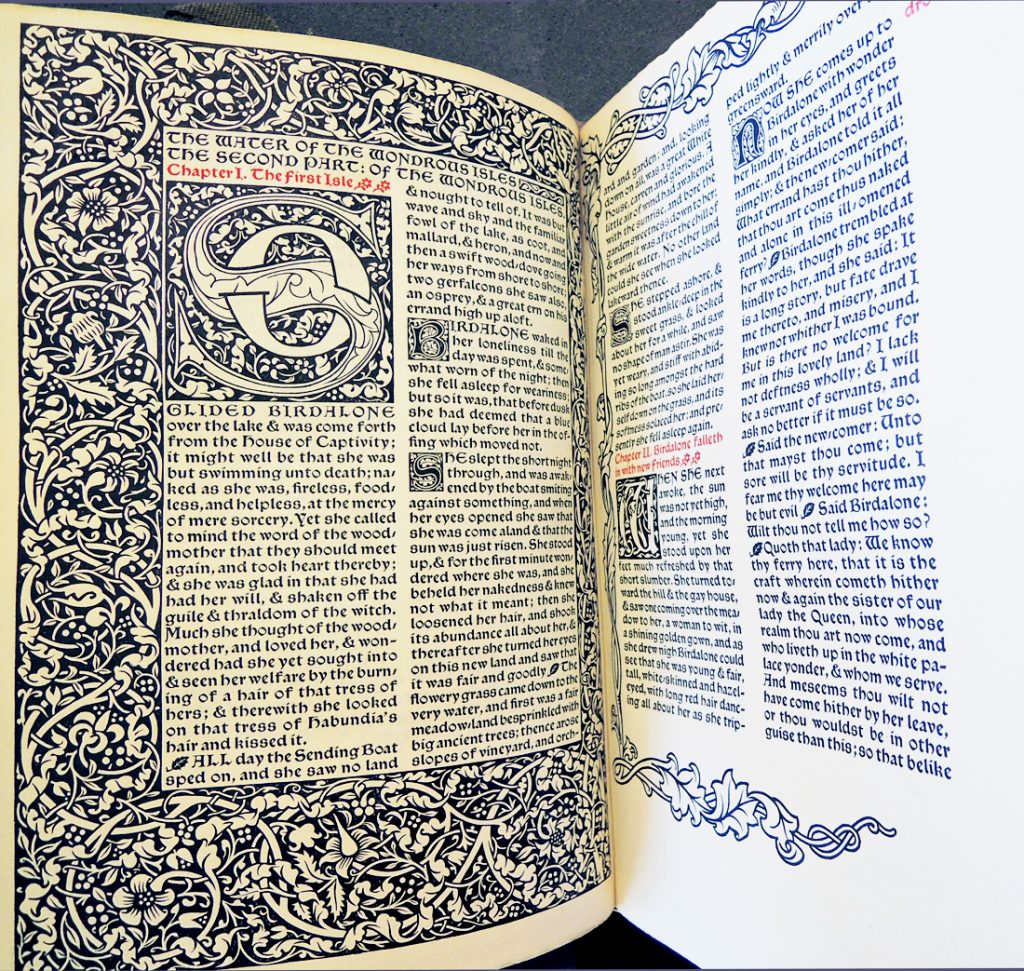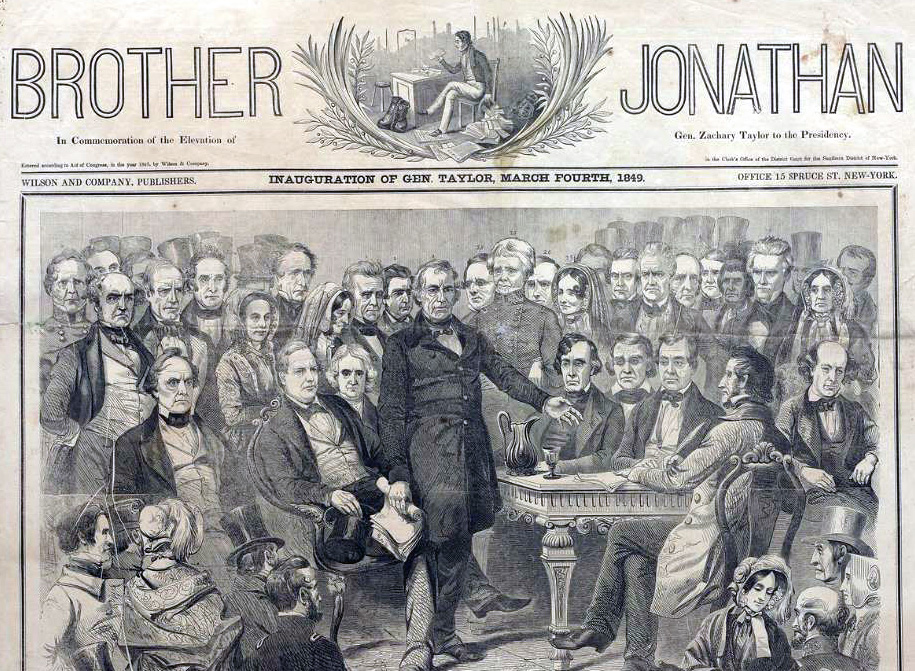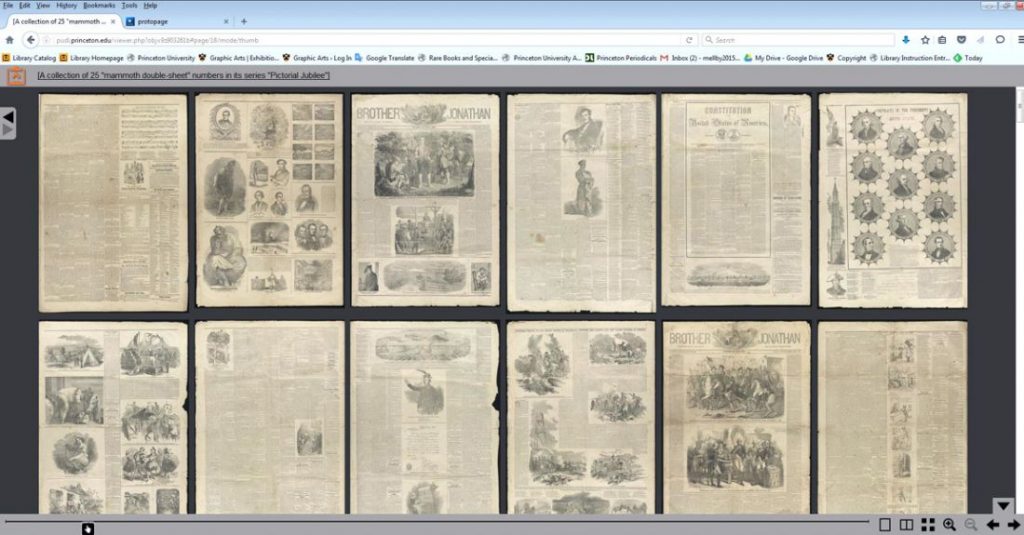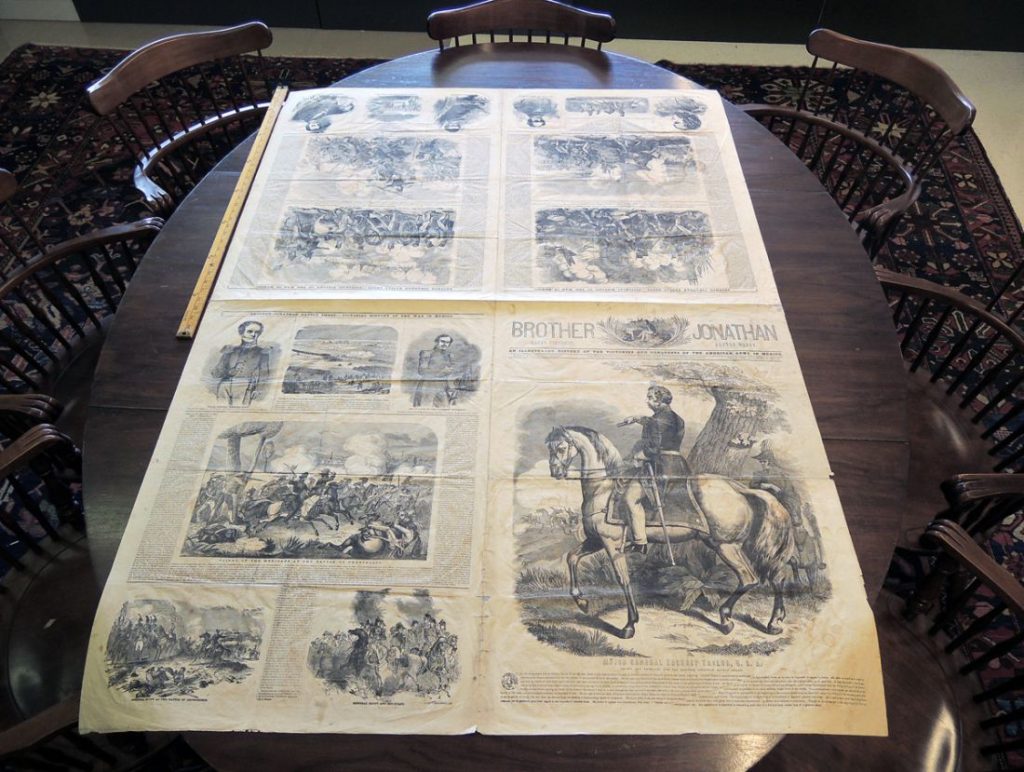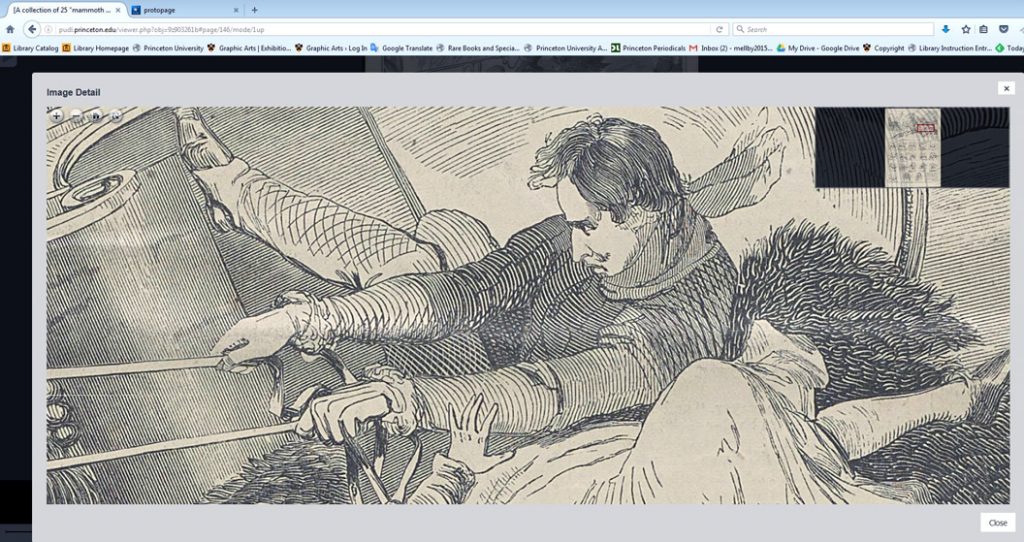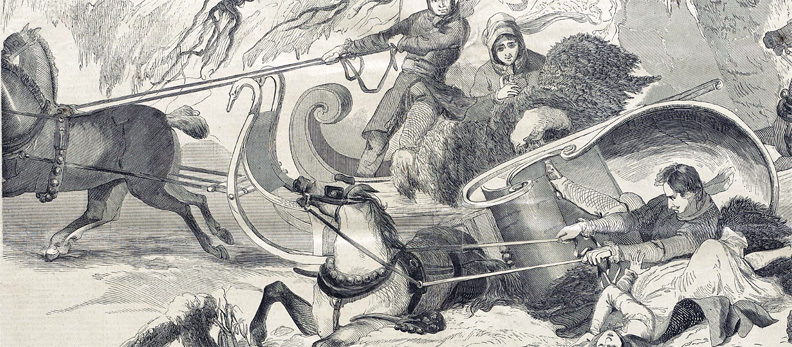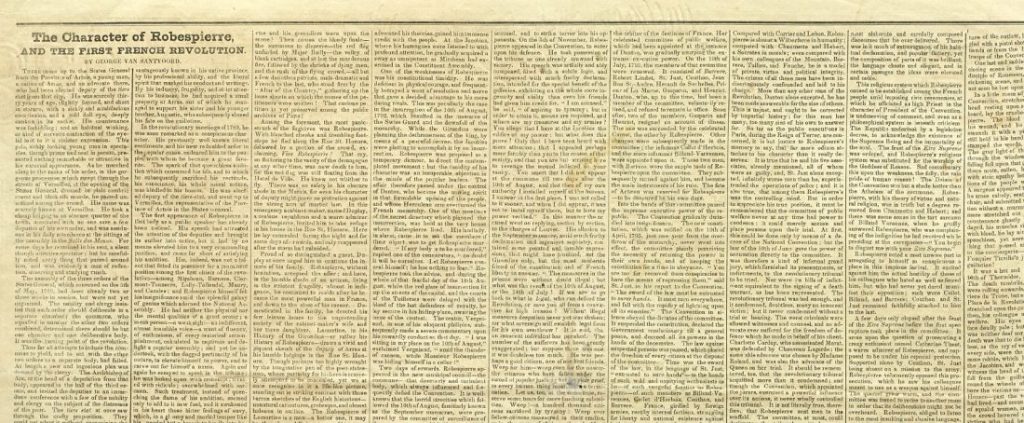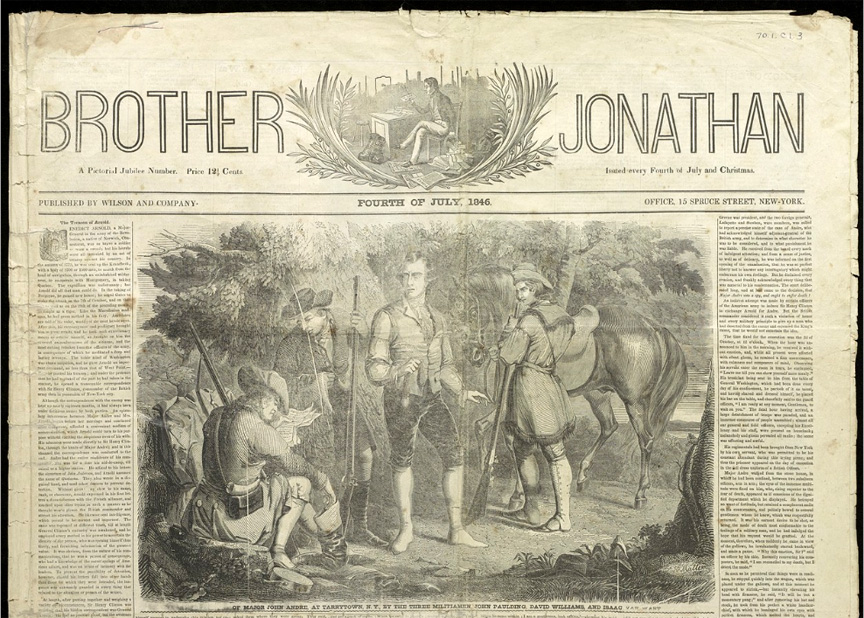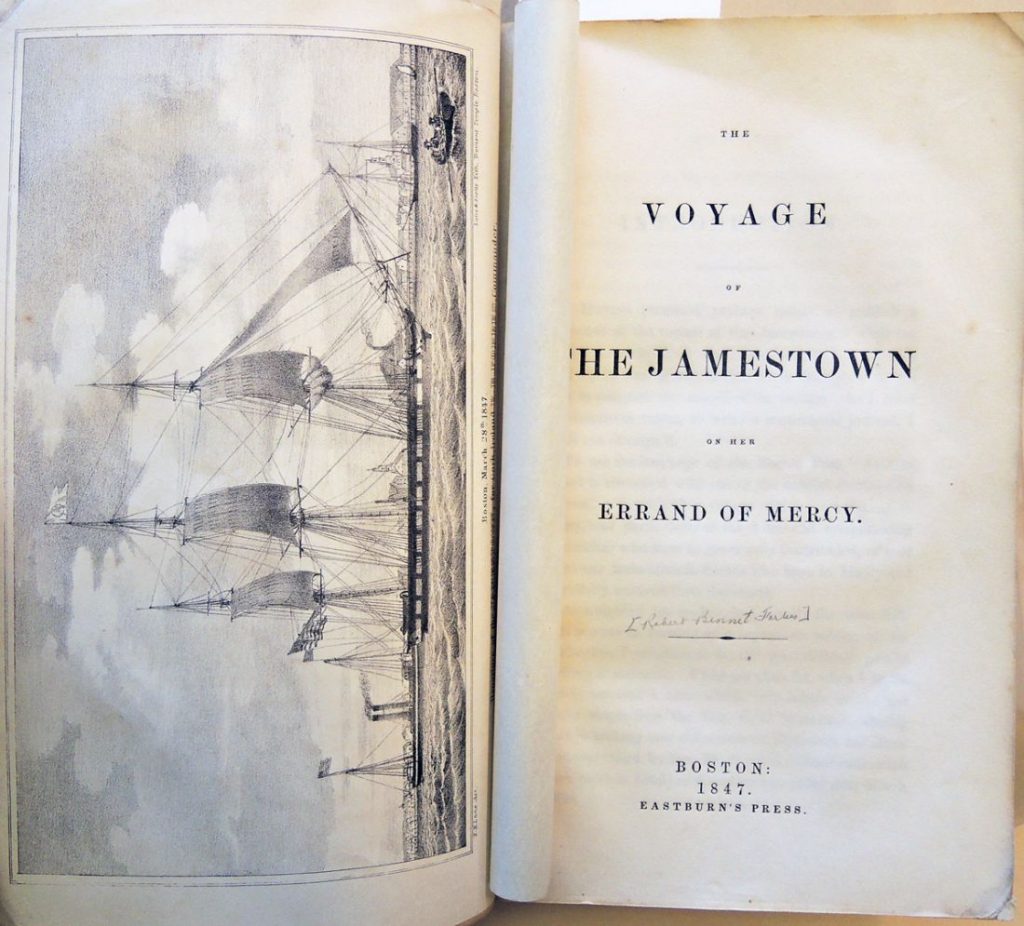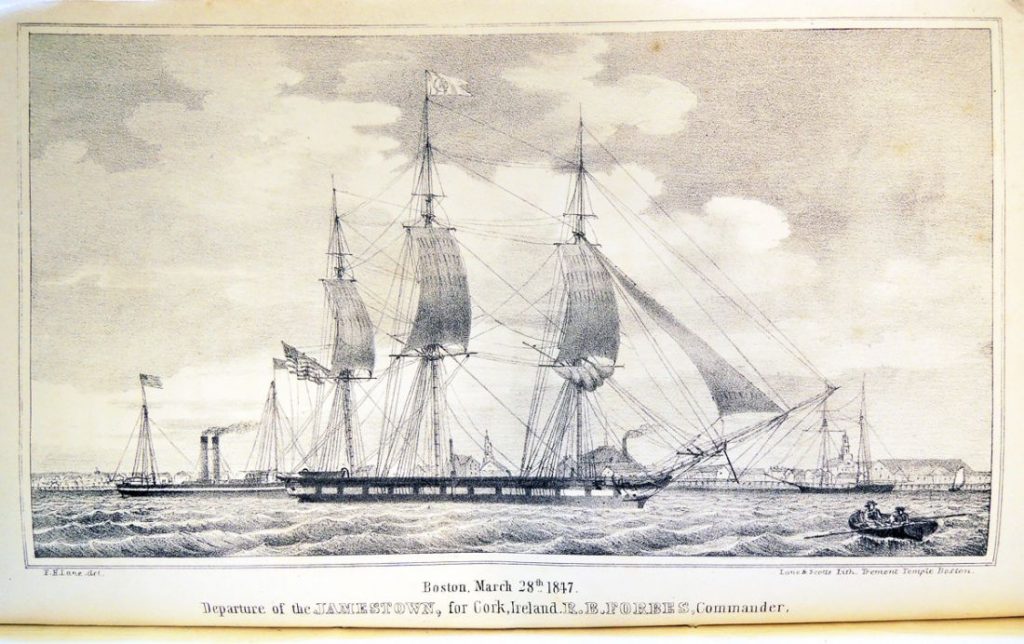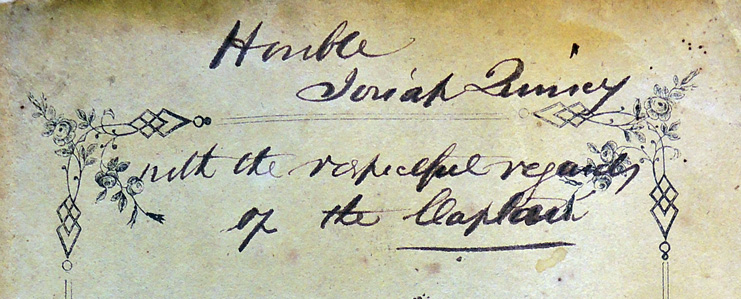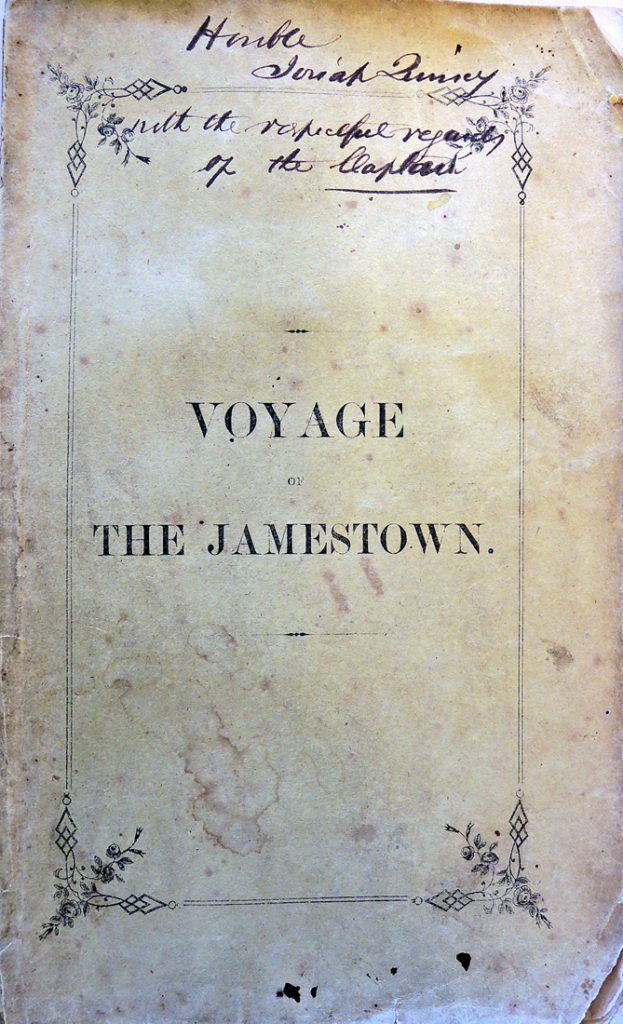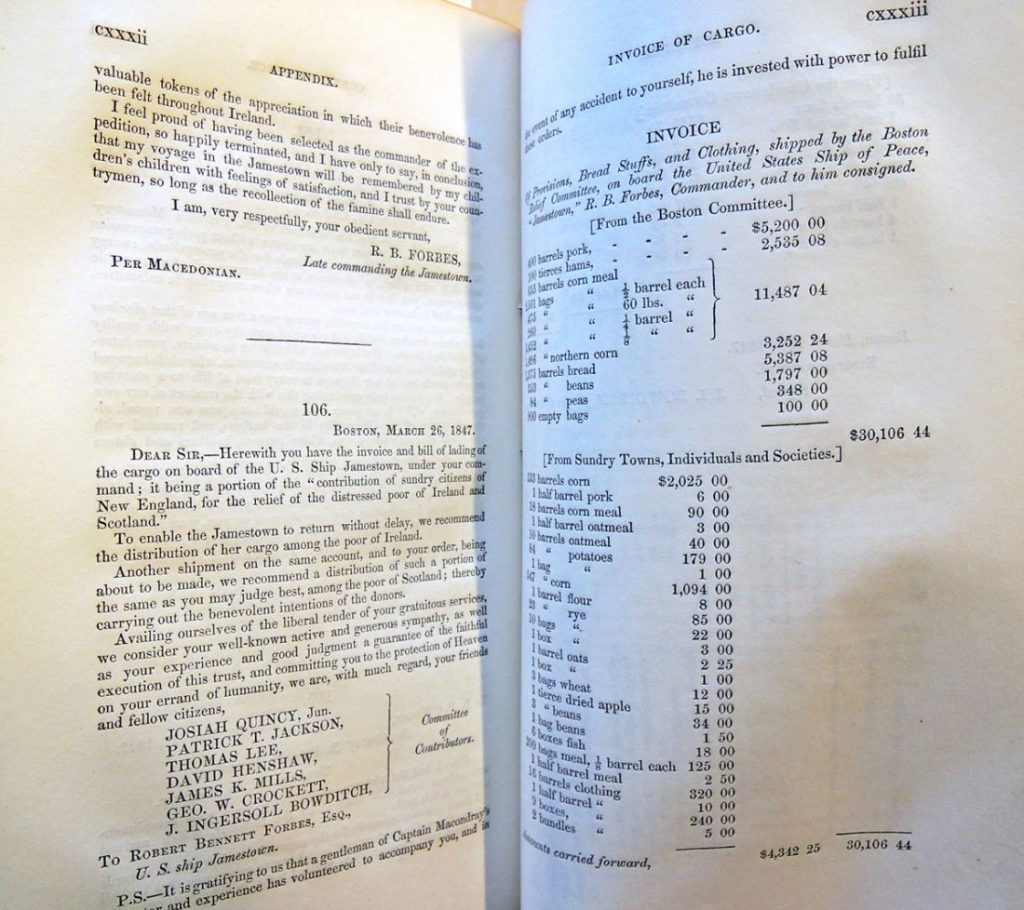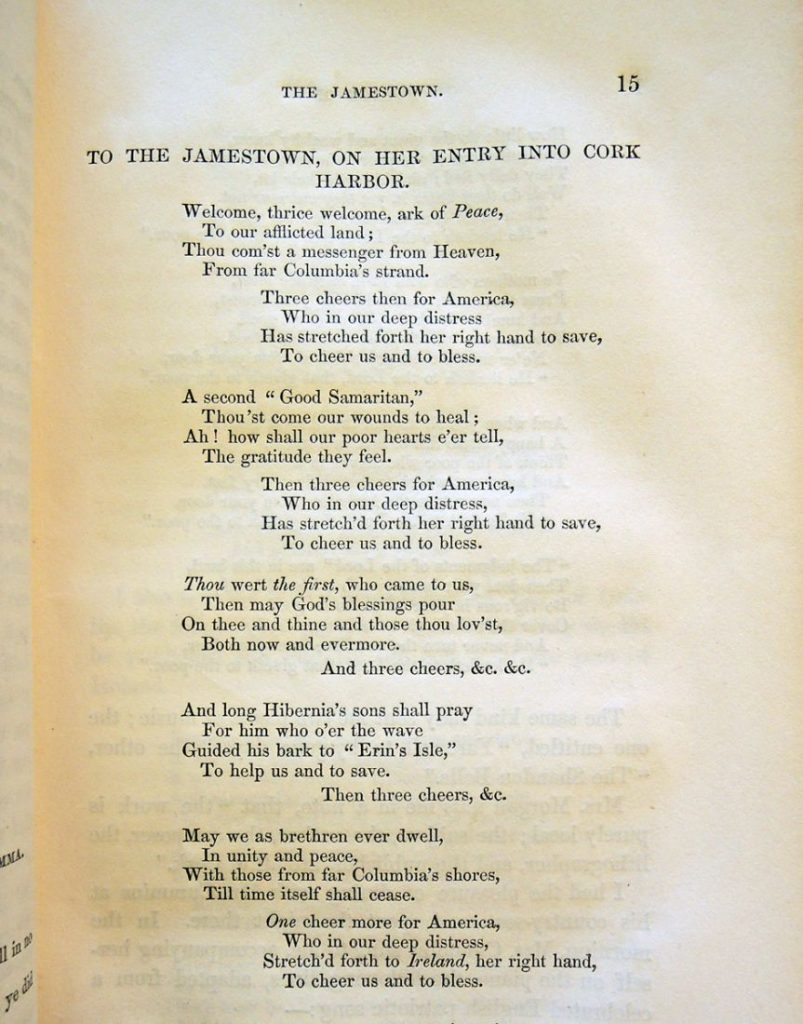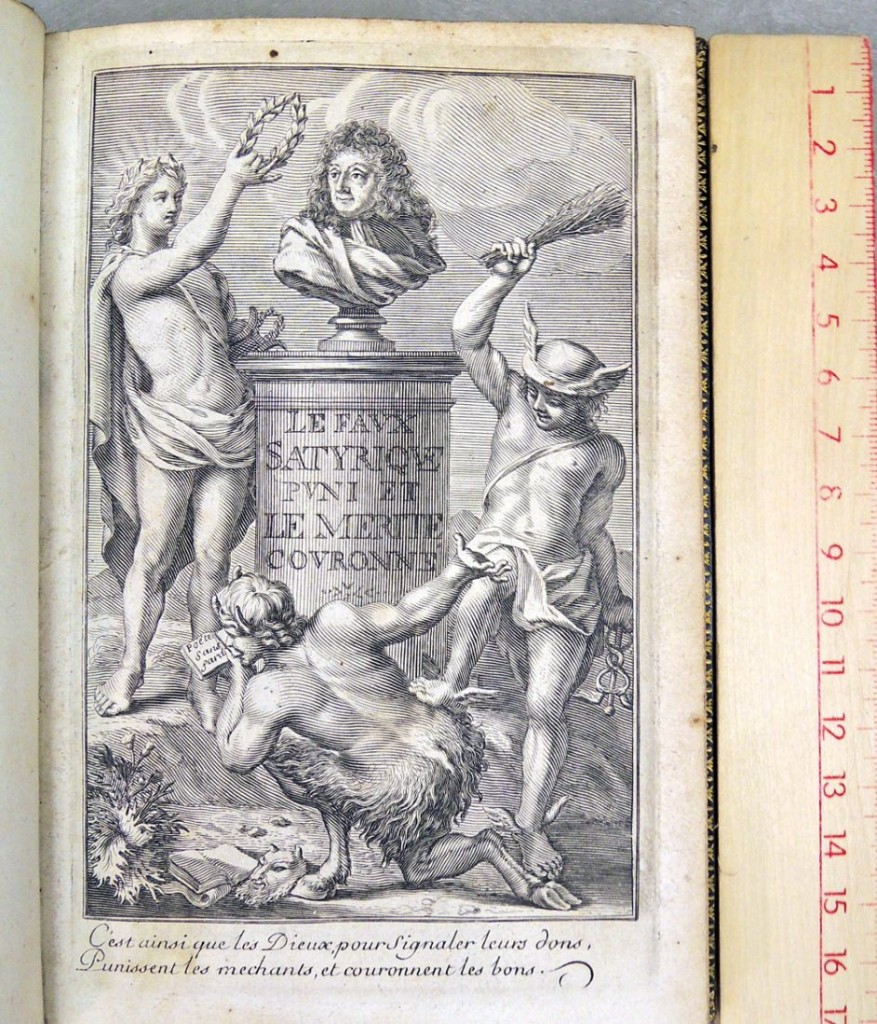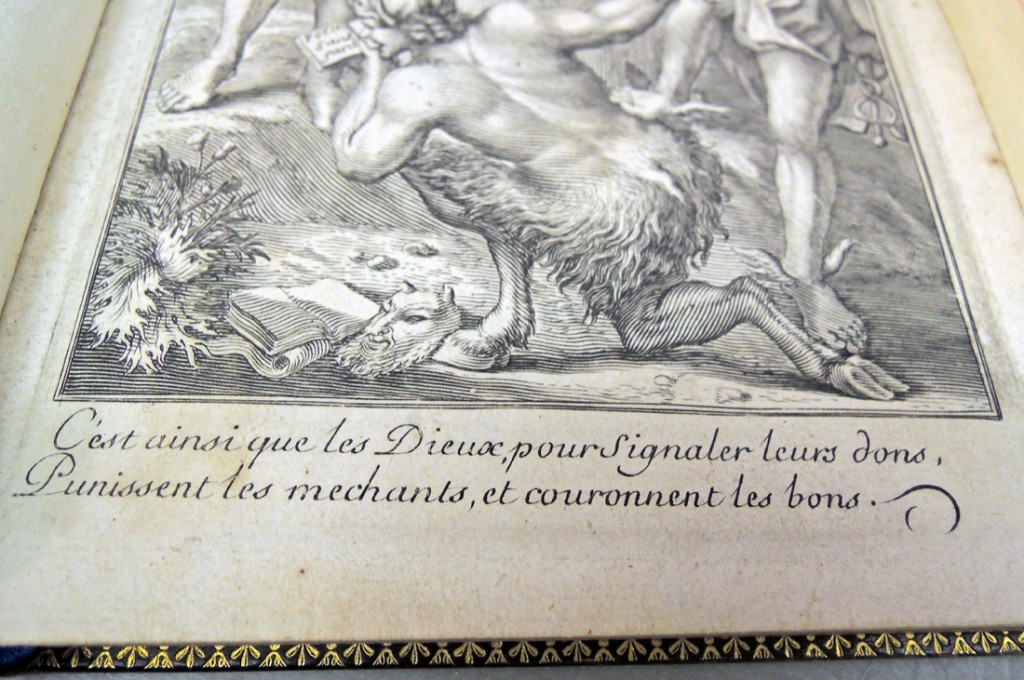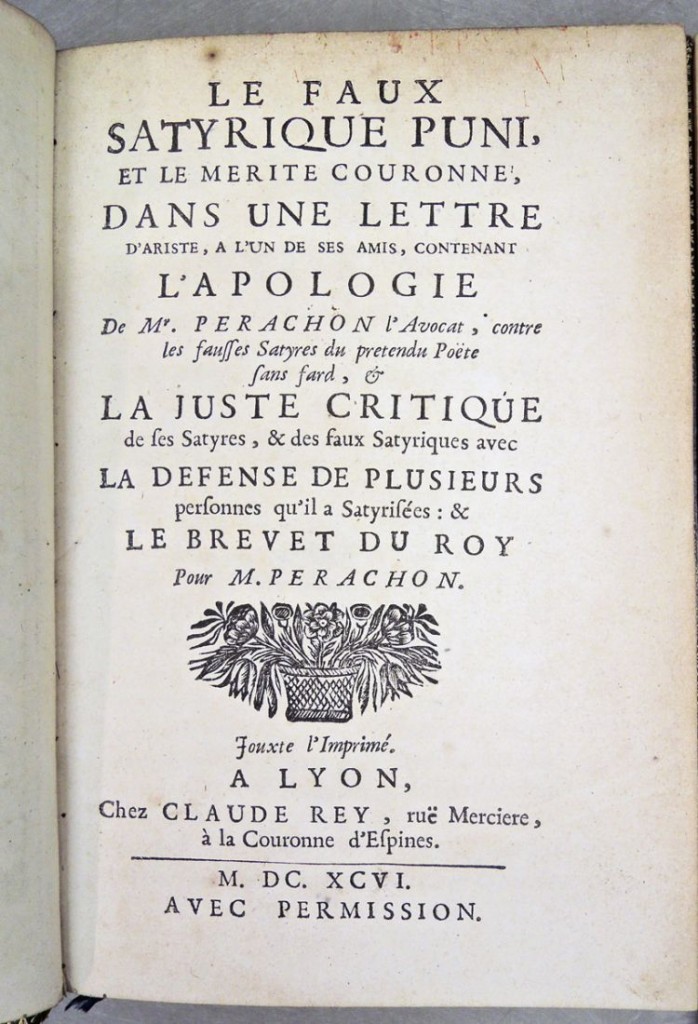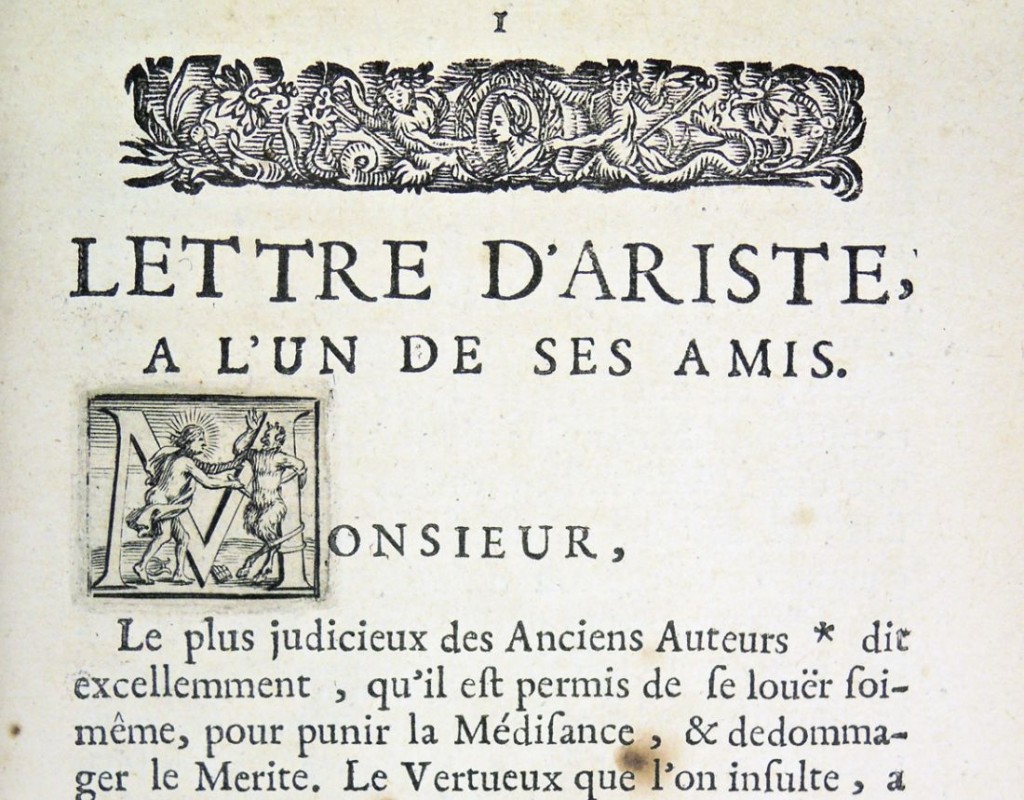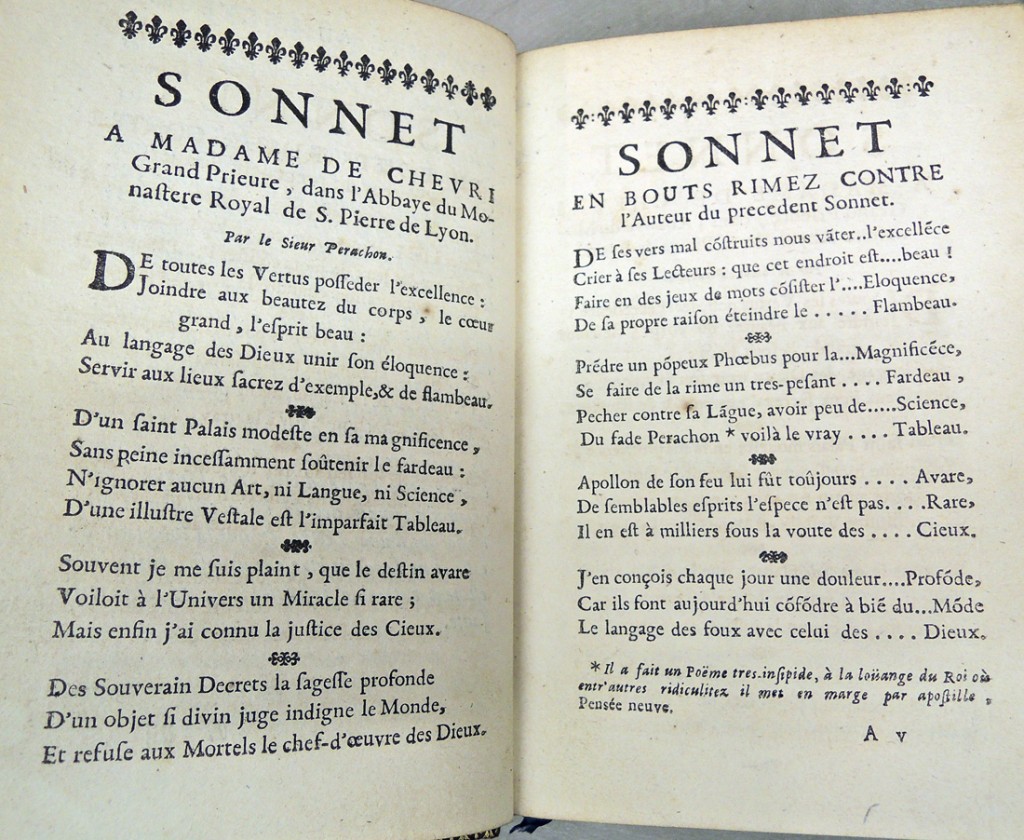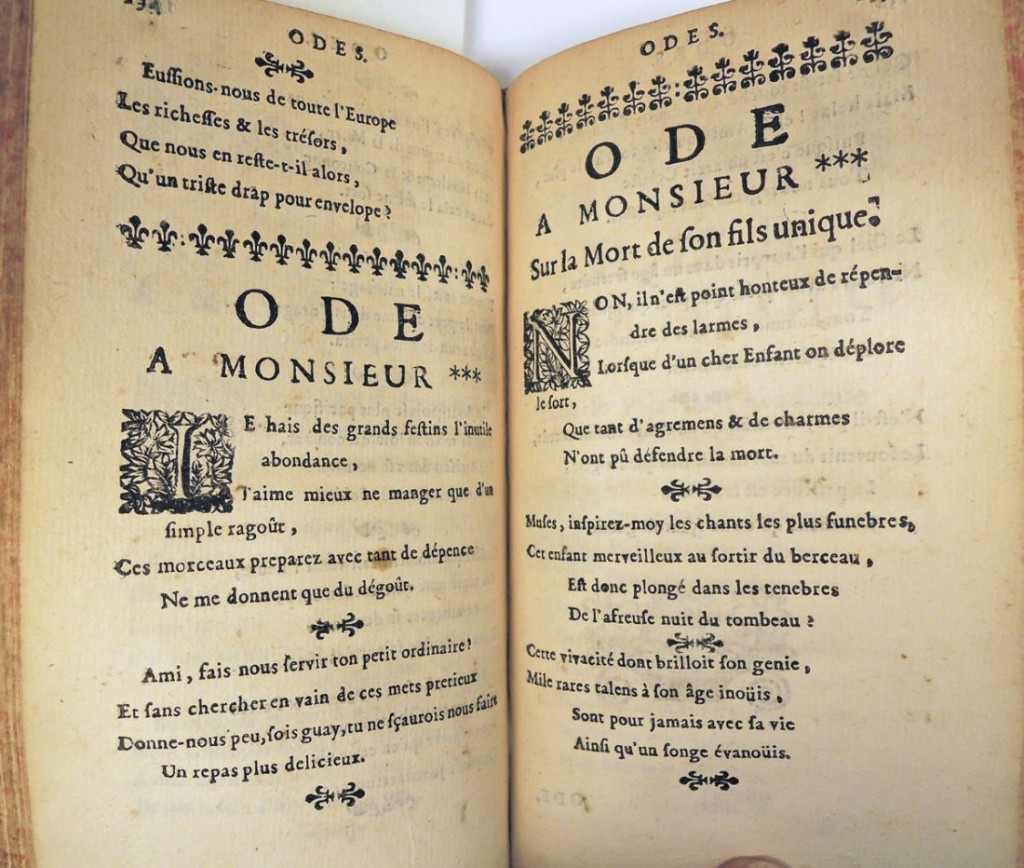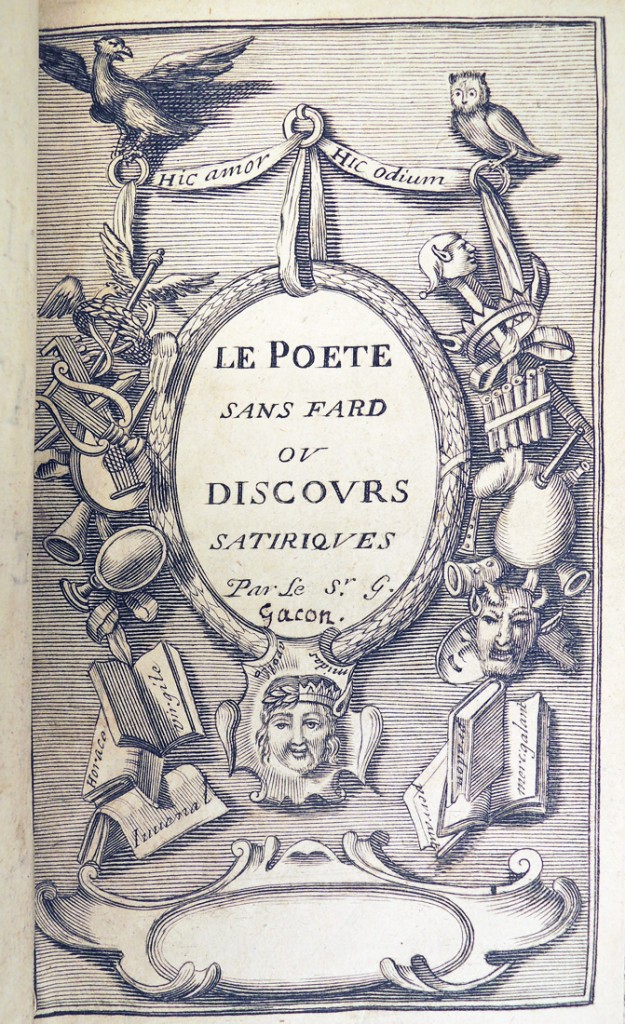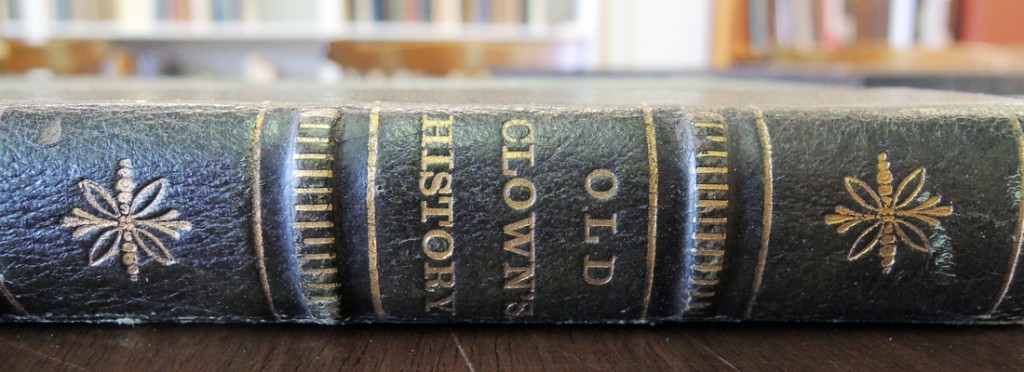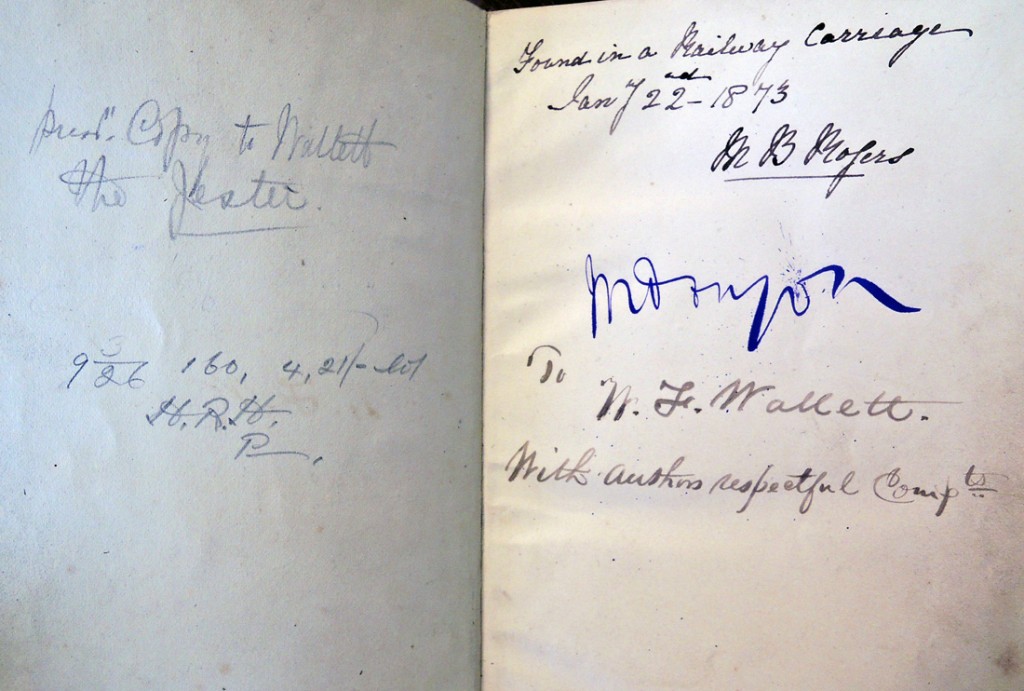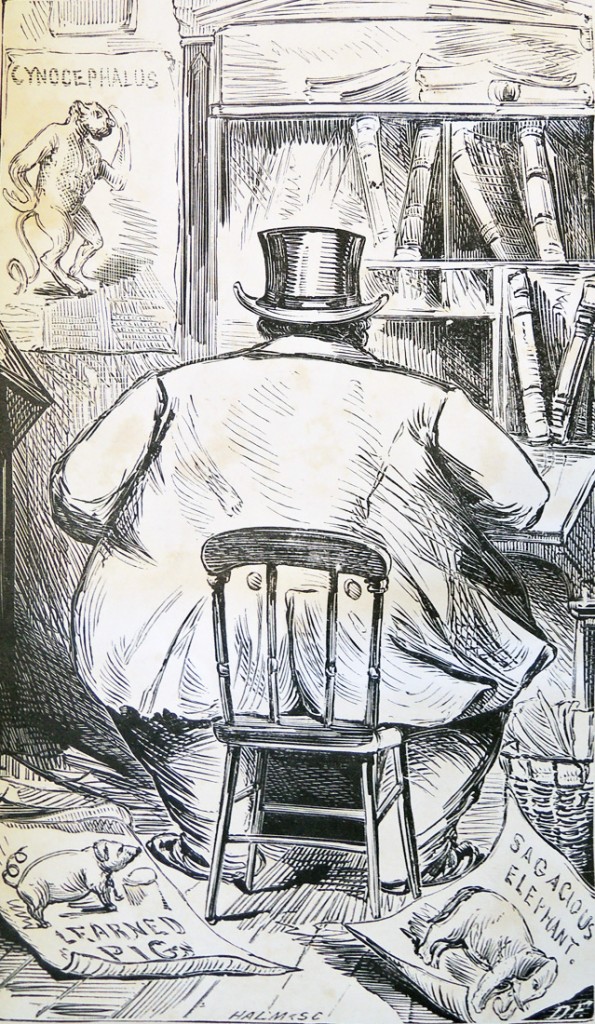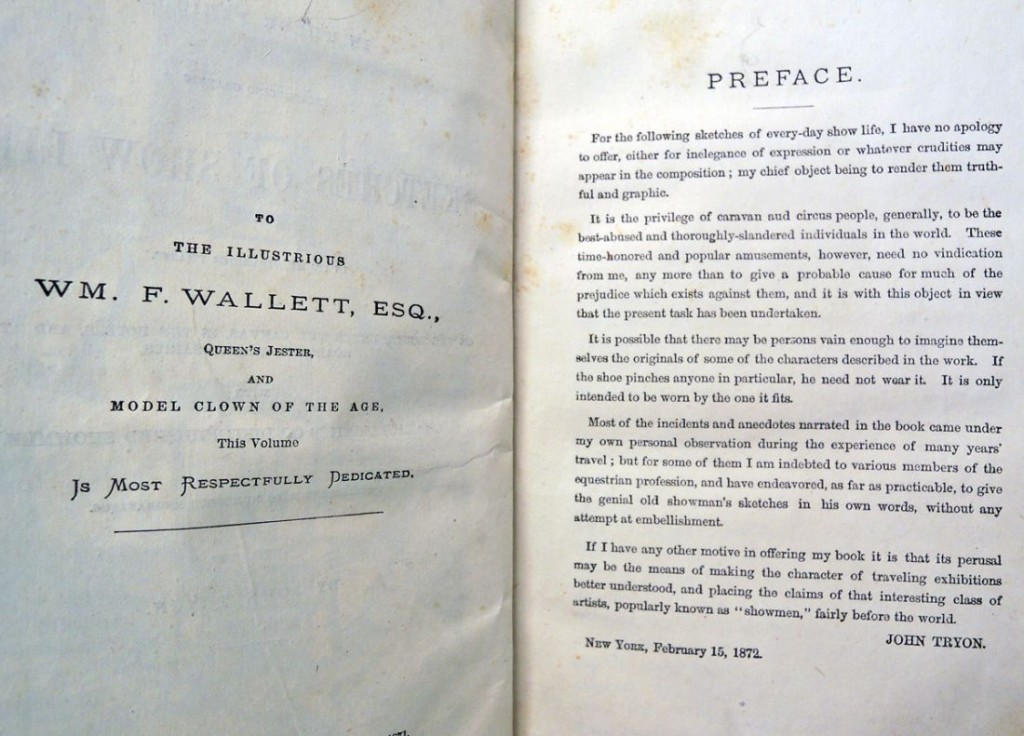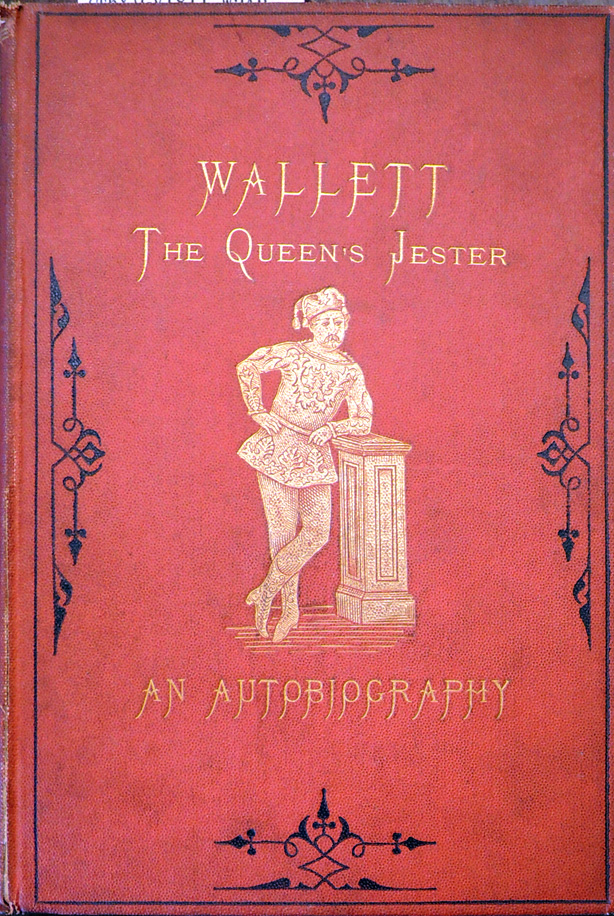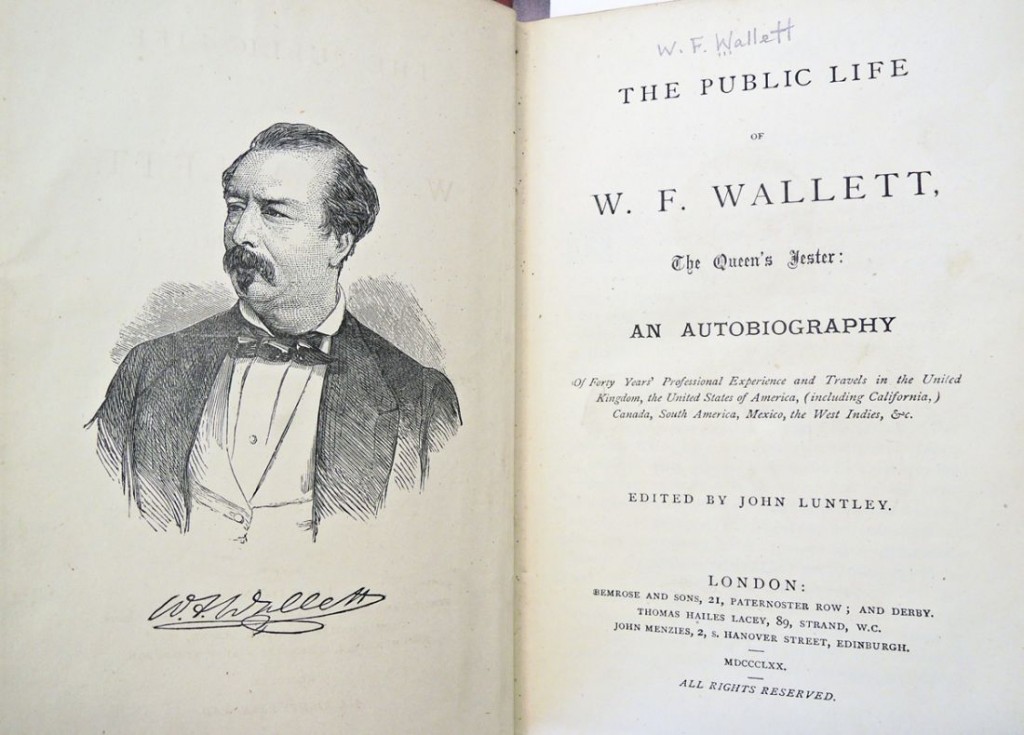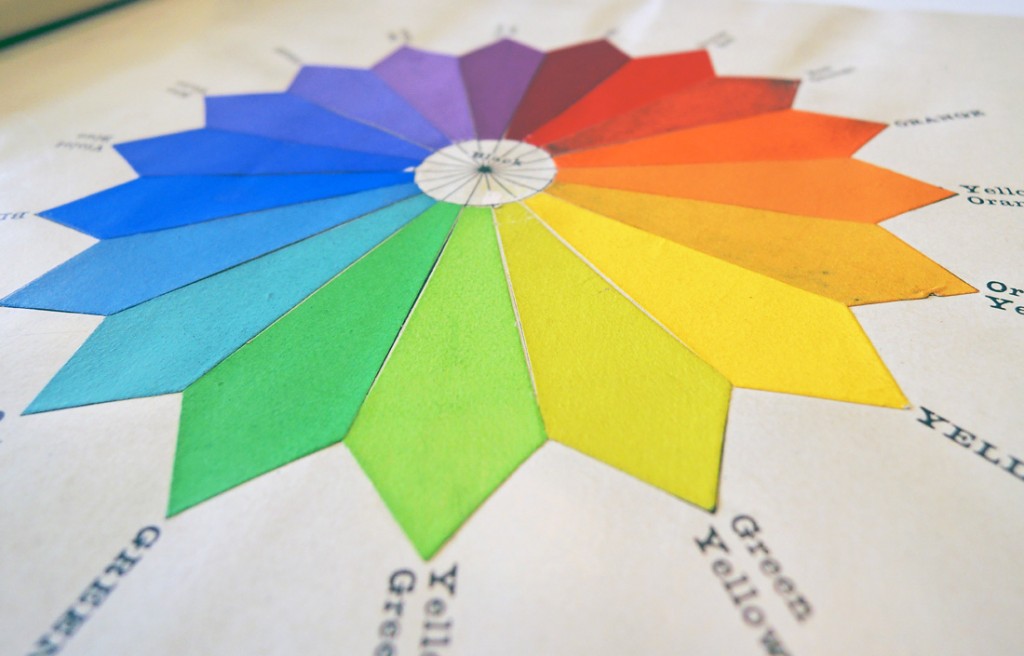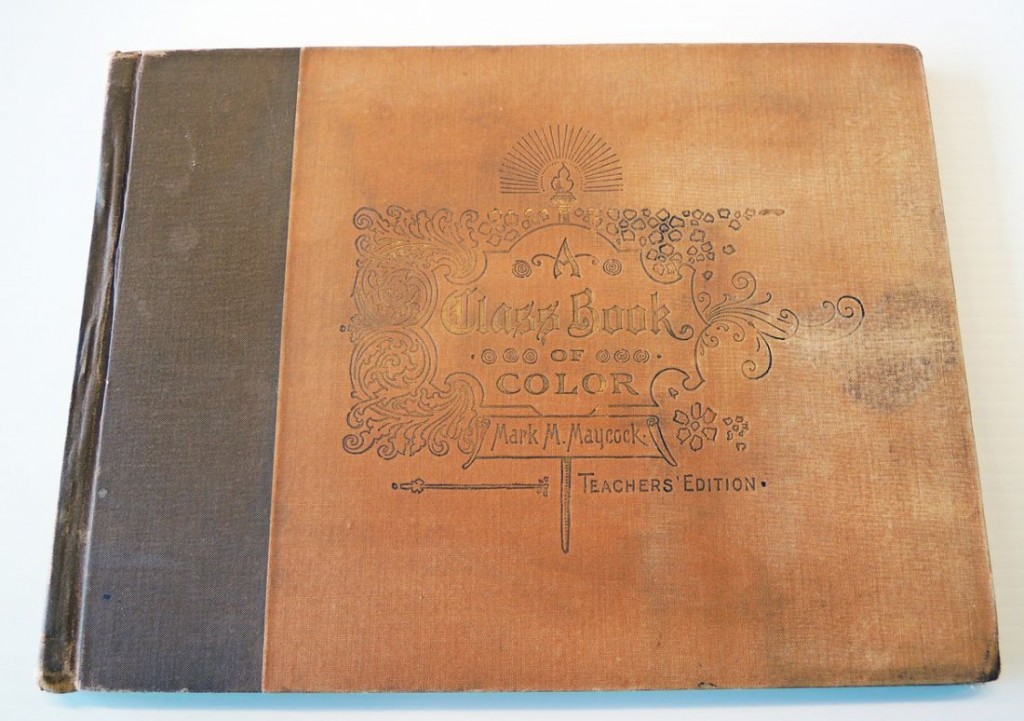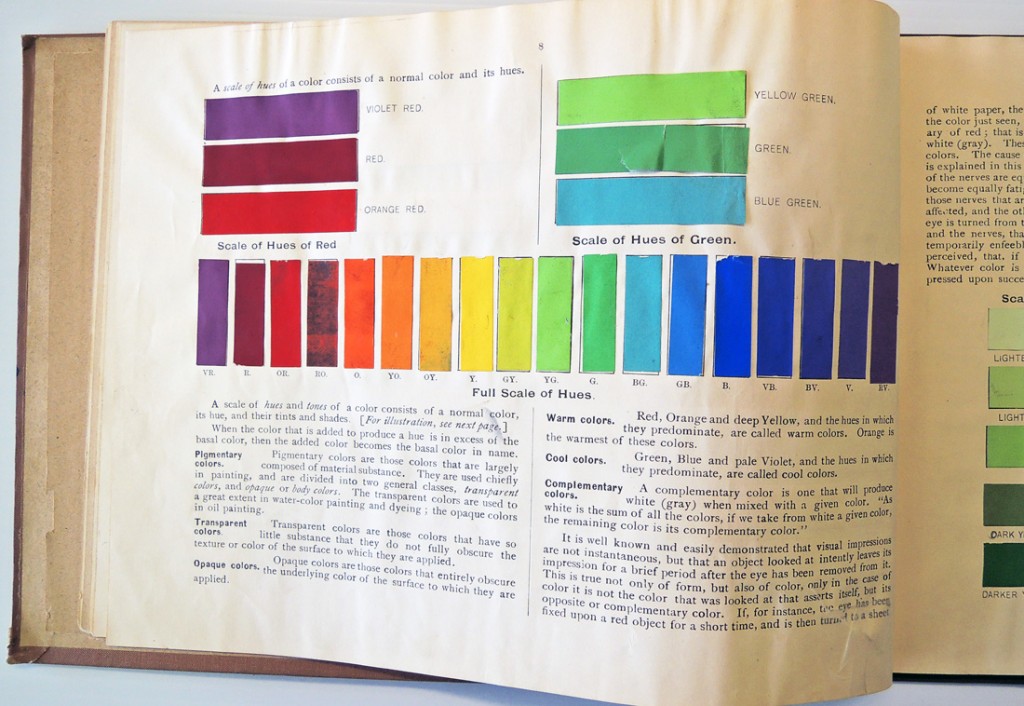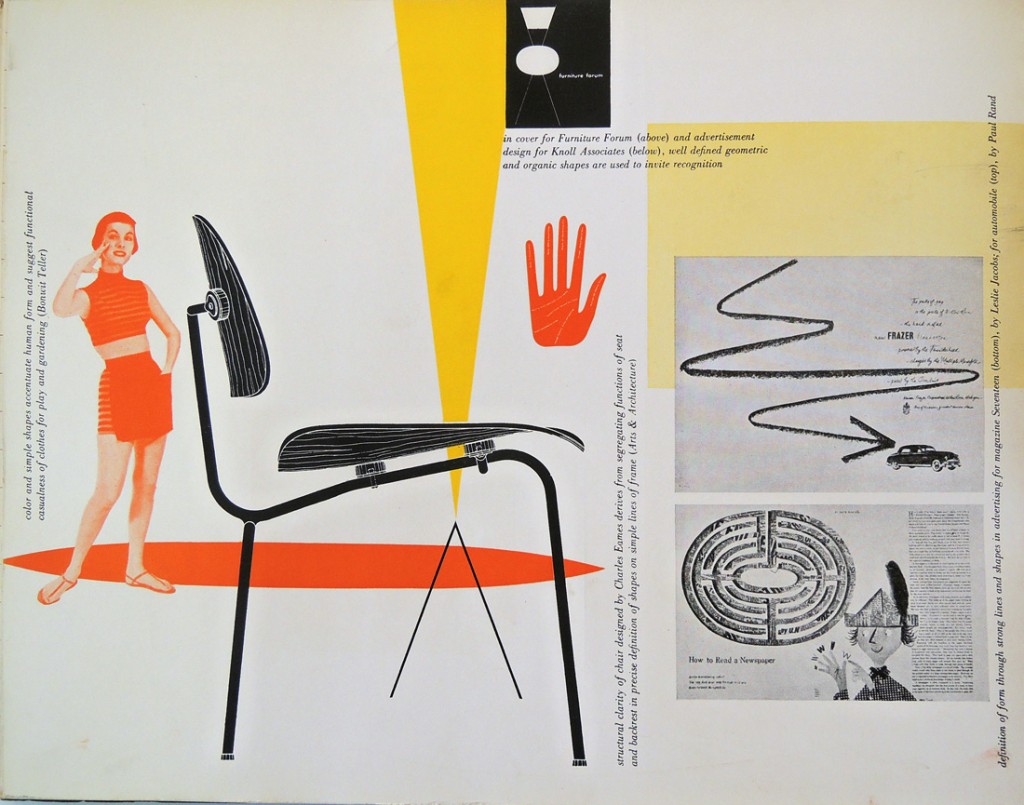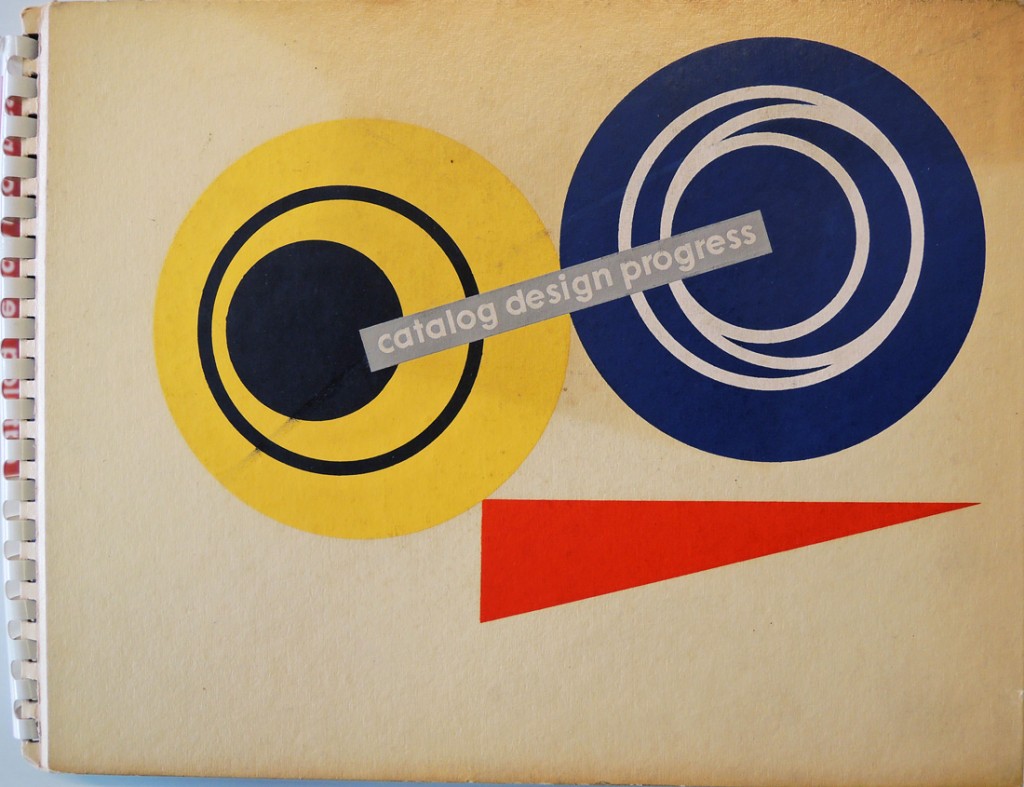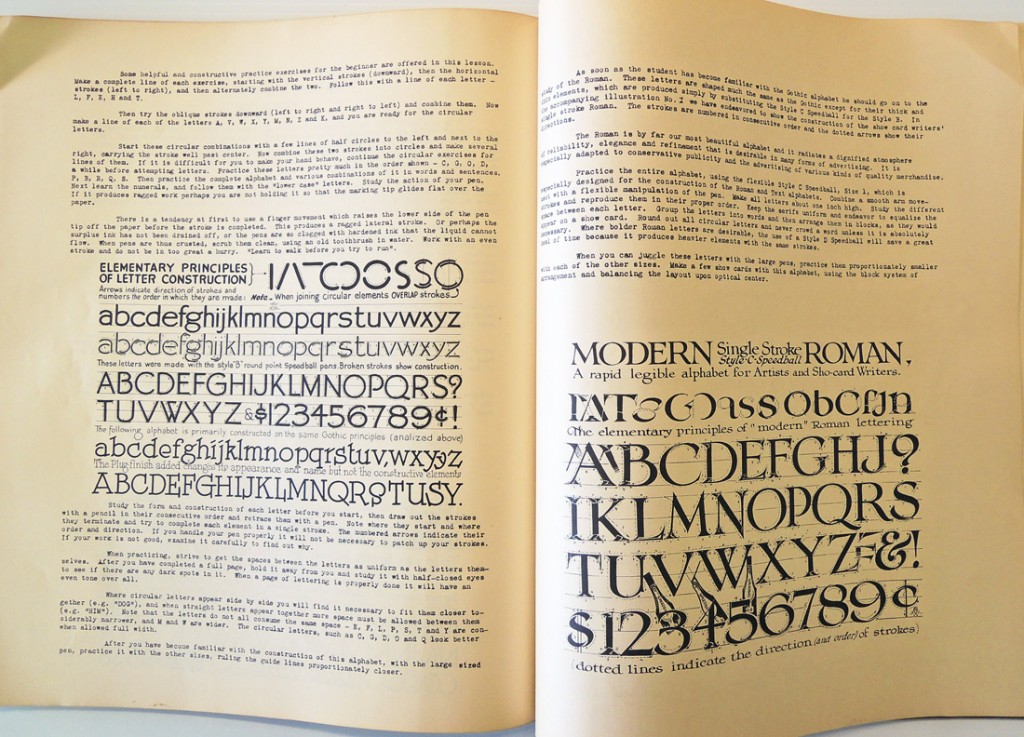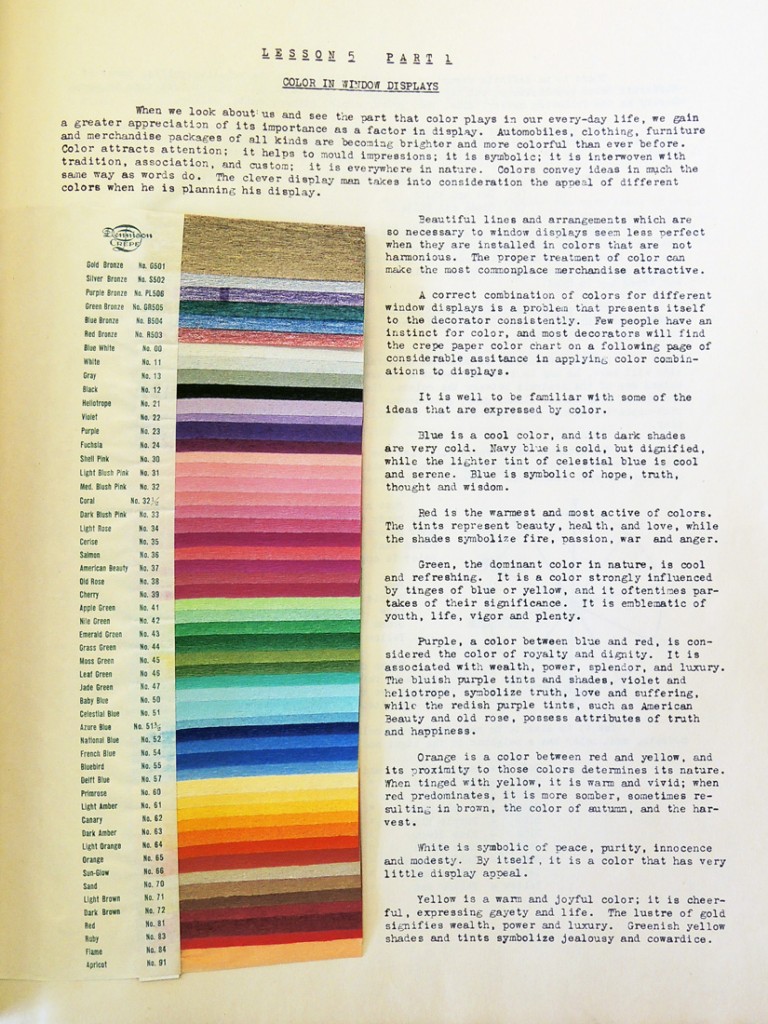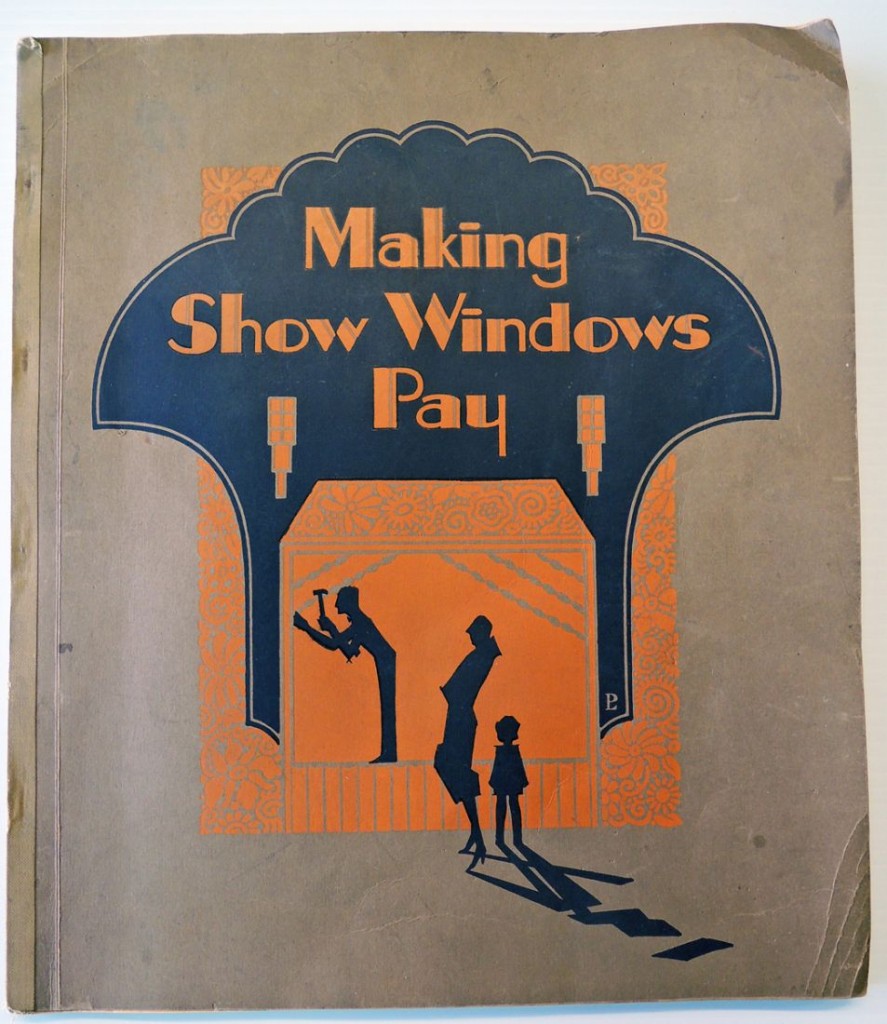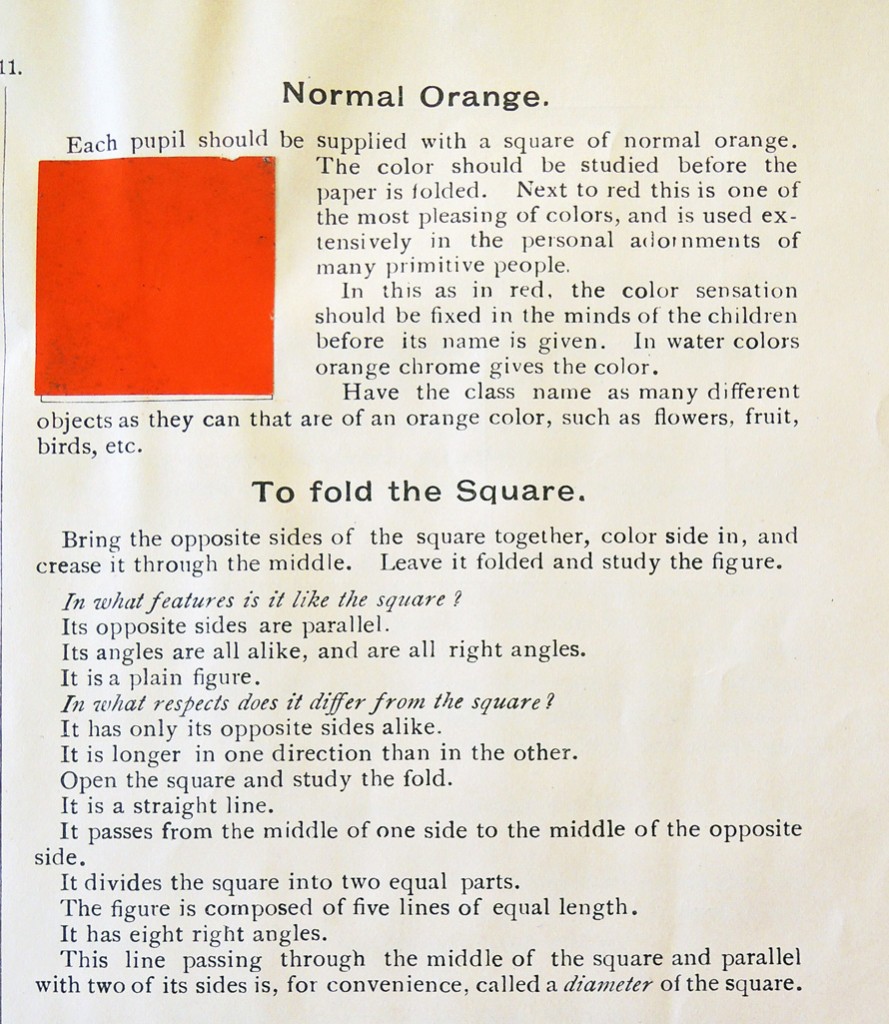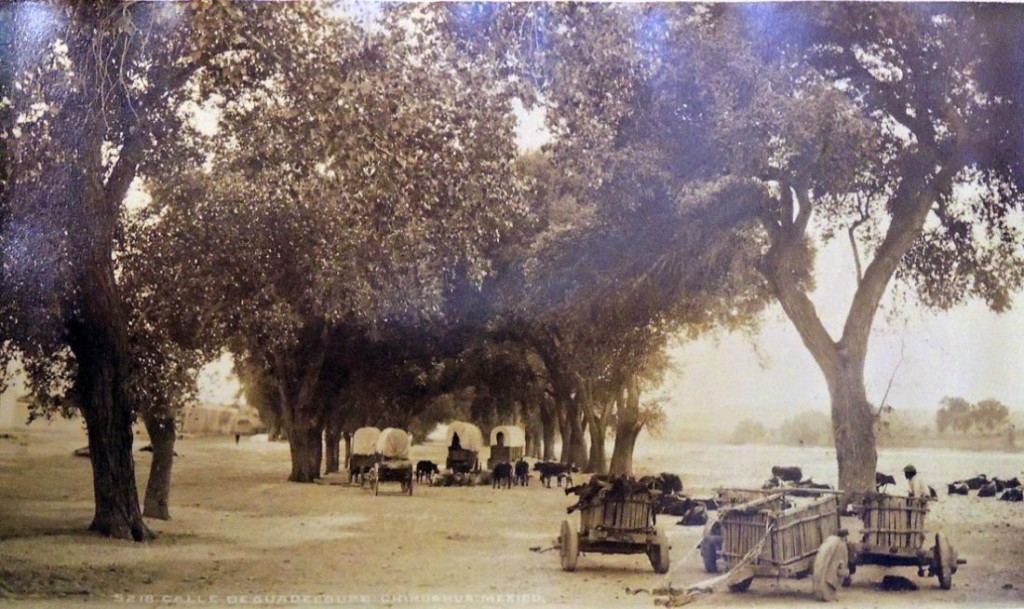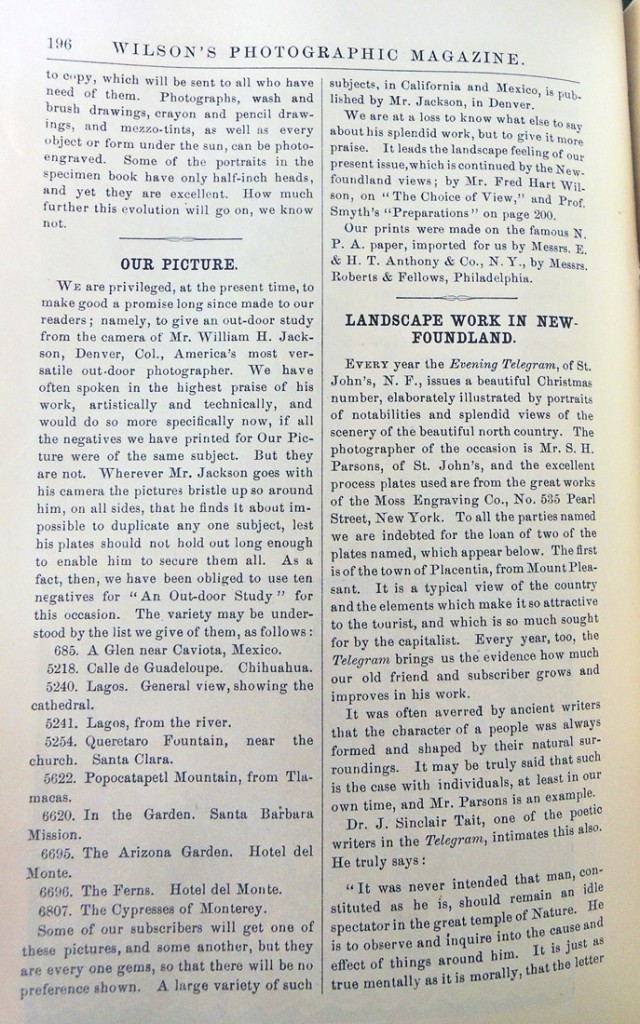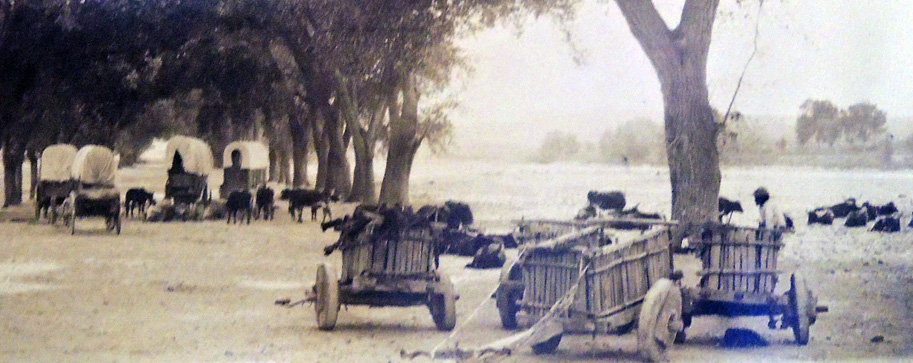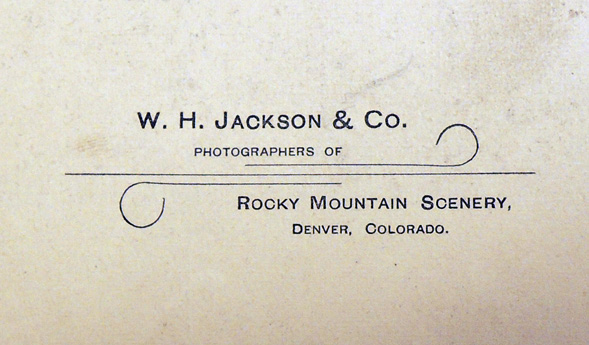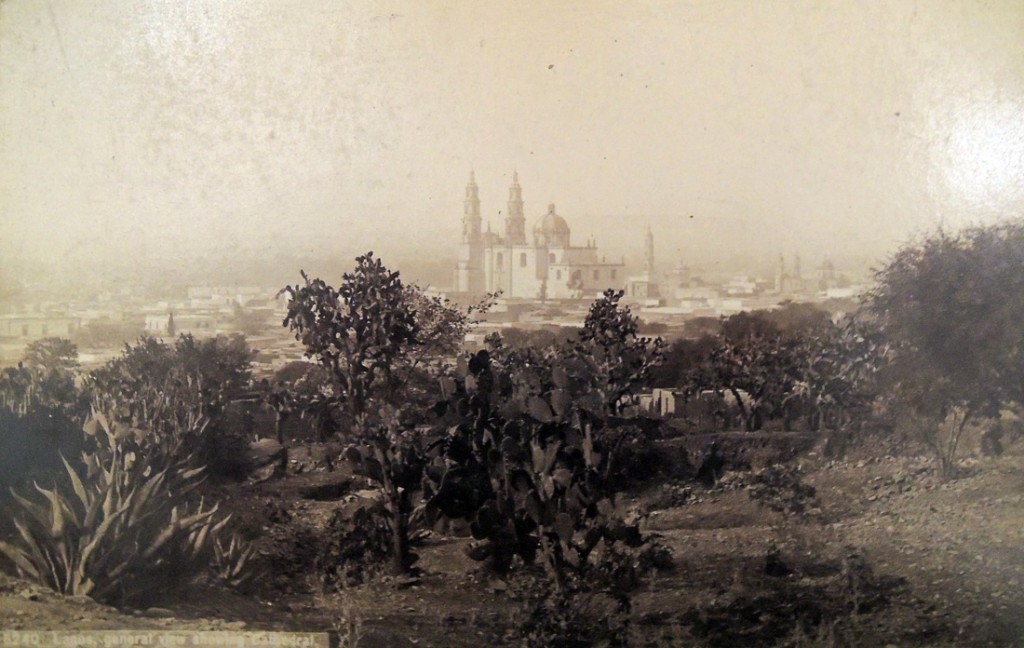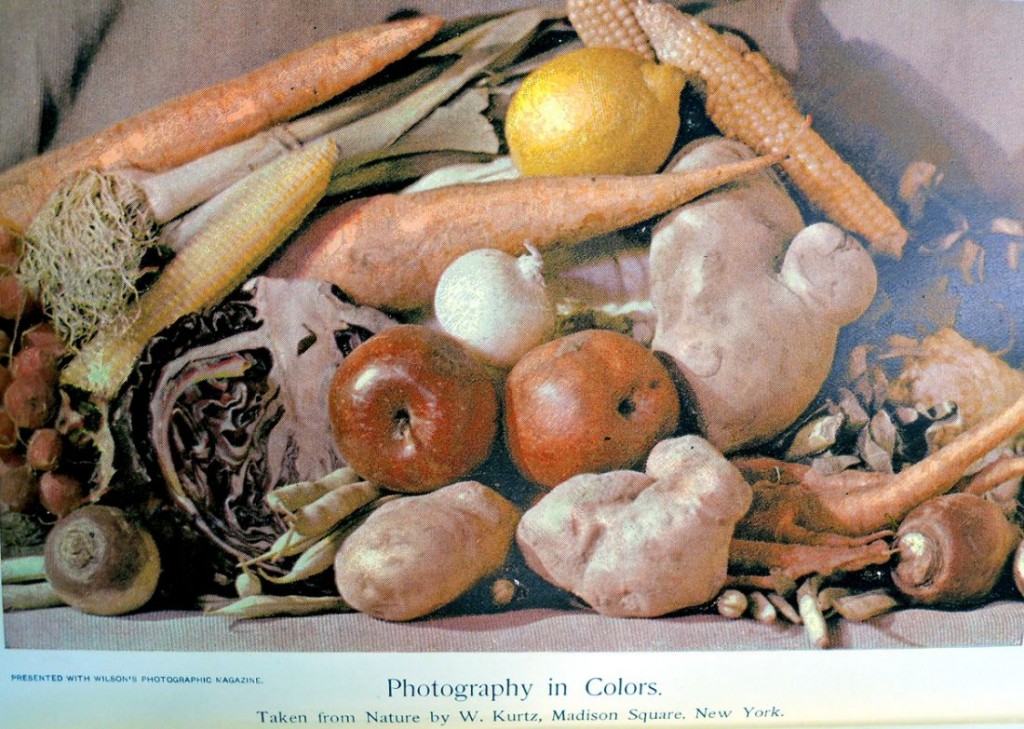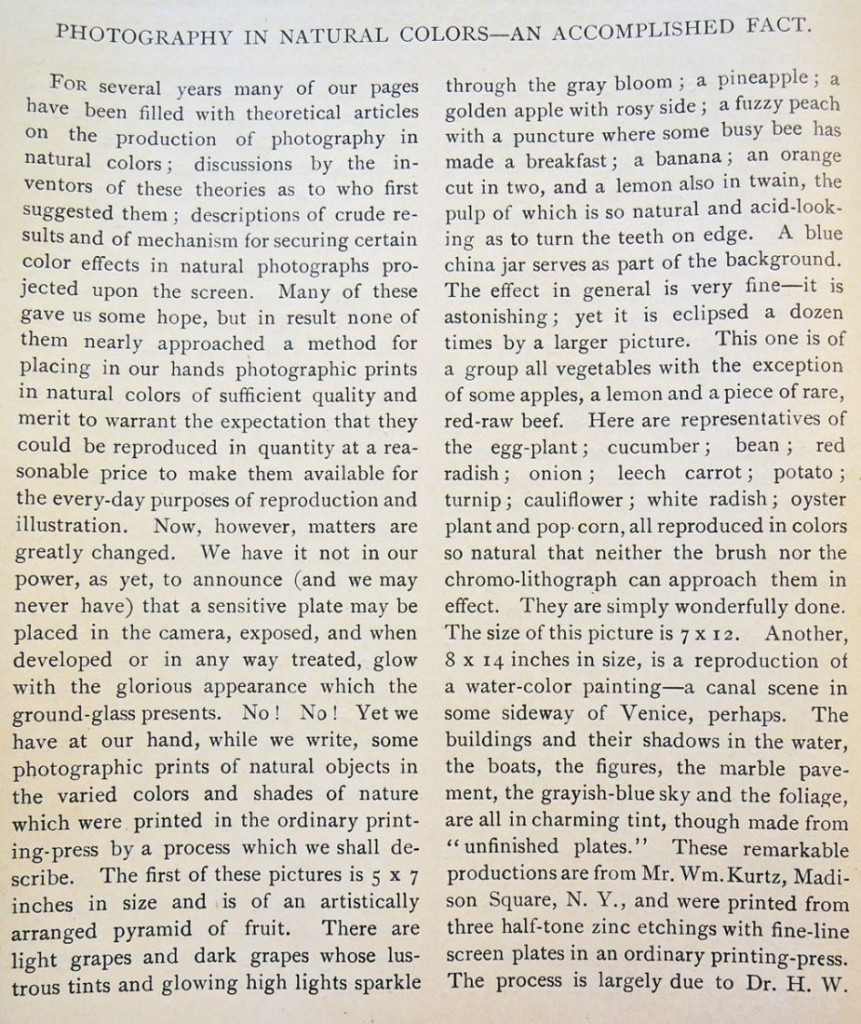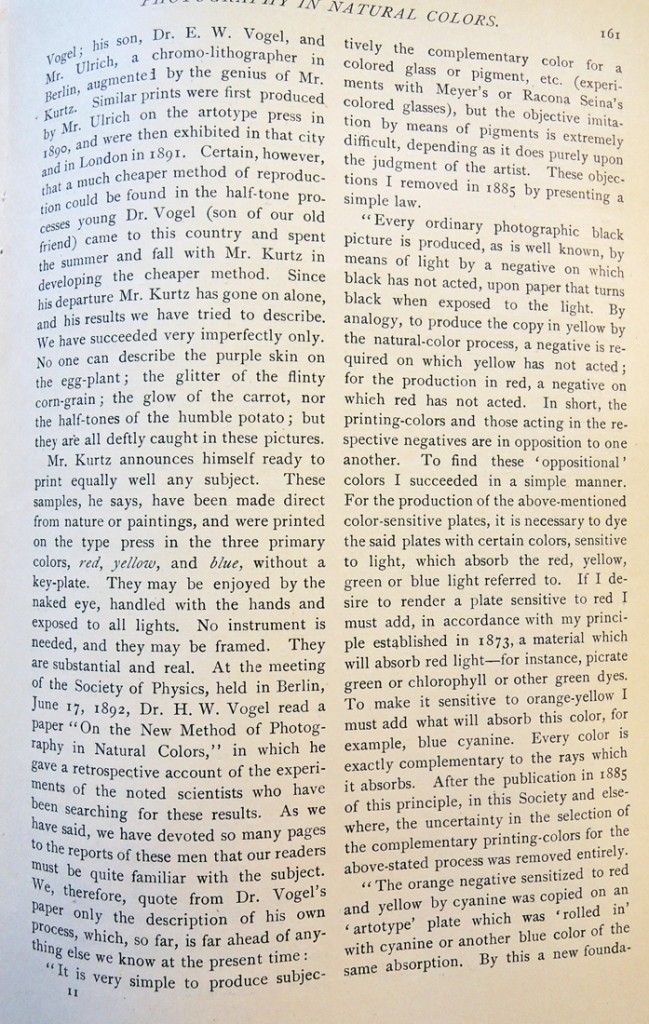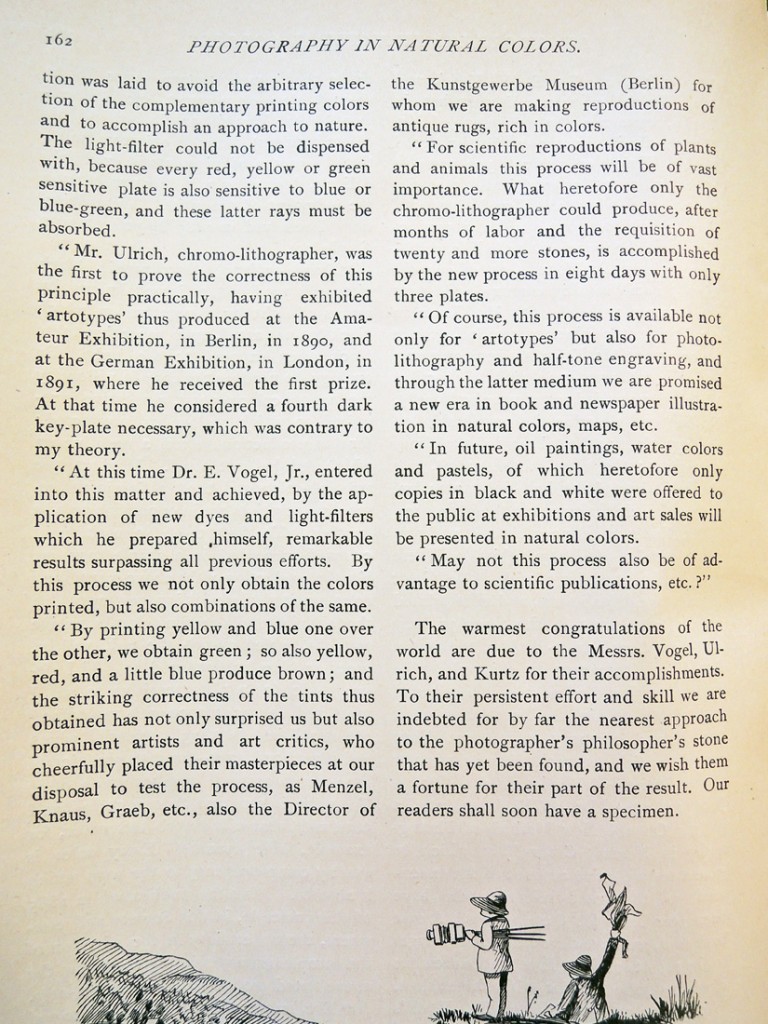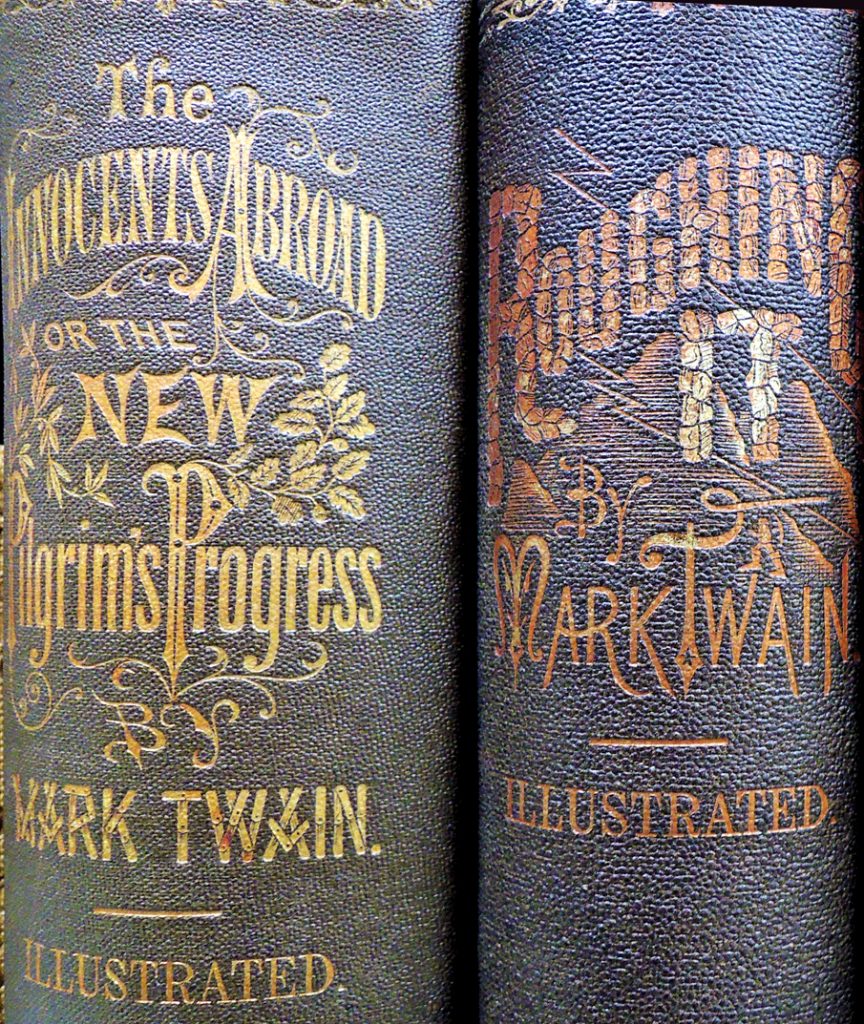
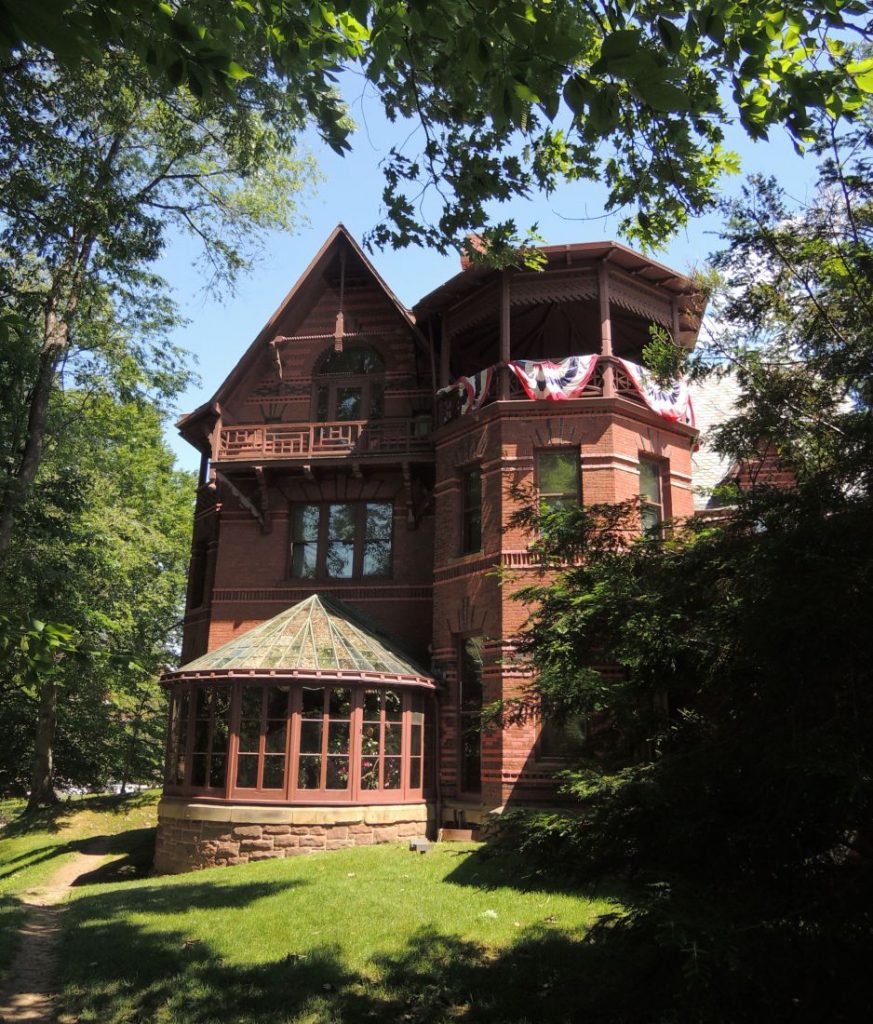 “Elisha Bliss, head of the Hartford, Connecticut subscription house, the American Publishing Company … suggested that [Mark] Twain rework the newspaper letters into a ‘humorous work,’ and referred him to the company’s success with the work of Albert Deane Richardson, a newspaperman and acquaintance of Twain.
“Elisha Bliss, head of the Hartford, Connecticut subscription house, the American Publishing Company … suggested that [Mark] Twain rework the newspaper letters into a ‘humorous work,’ and referred him to the company’s success with the work of Albert Deane Richardson, a newspaperman and acquaintance of Twain.
Twain saw an opportunity for success where, The Jumping Frog had failed and began an intermittent, though ultimately life-long commitment to subscription book sales. …Beginning with The Innocents Abroad (the book about his Quaker City trip), published in 1869 by the American Publishing Company, Twain brought out the majority of his titles by subscription.”
–Scott E. Casper, Joanne D. Chaison, and Jeffrey D. Groves, Perspectives on American Book History: Artifacts and Commentary (2002)
Subscribers were offered the choice of several bindings, some more elaborate and expensive than others. Sinclair Hamilton collected the top of the line, which are now in Princeton’s collection.
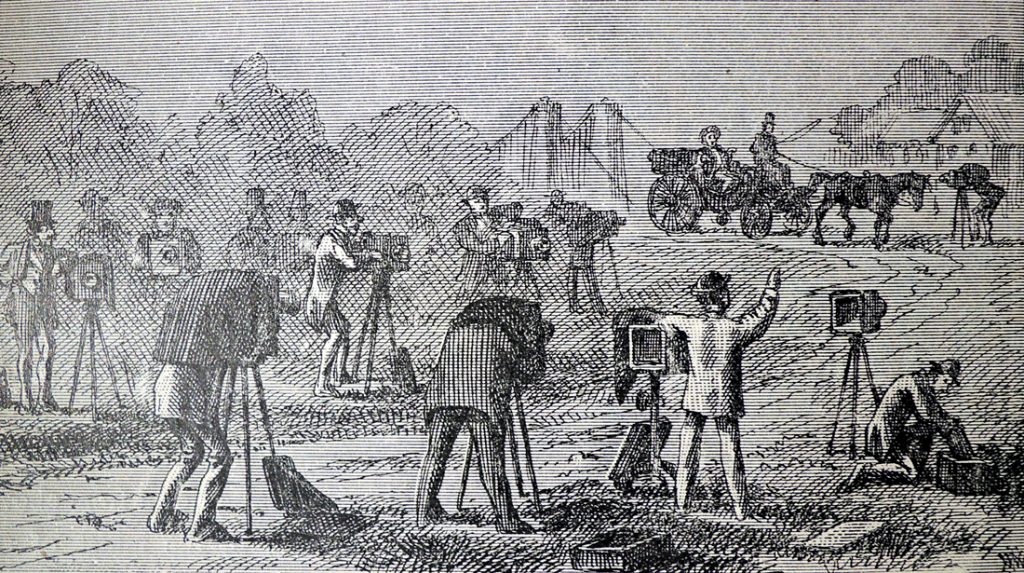 Mark Twain (1835-1910), The Innocents Abroad, or The New Pilgrims’ Progress: Being some account of the steamship Quaker City’s pleasure excursion to Europe and the Holy Land: With descriptions of countries, nations, incidents and adventures, as they appeared to the author: With two hundred and thirty-four illustrations (Hartford, Conn.: American Publishing Company; Newark, N.J.: Bliss & Co.; Toledo, Ohio: R.W. Bliss & Co.; Chicago, Ill.: F.G. Gilman & Co.; Cincinnati, Ohio: Nettleton & Co.; St. Louis, Mo.: F.A. Hutchinson & Co.; San Francisco, Cal.: H.H. Bancroft and Company, 1869). Hamilton copy: Gold and blind stamped, pictorial cloth binding. Inscribed “Henry A. Goodwin, September 1st, 1869”–in ink, on third fly-leaf. Graphic Arts Collection (GAX) Hamilton 1288
Mark Twain (1835-1910), The Innocents Abroad, or The New Pilgrims’ Progress: Being some account of the steamship Quaker City’s pleasure excursion to Europe and the Holy Land: With descriptions of countries, nations, incidents and adventures, as they appeared to the author: With two hundred and thirty-four illustrations (Hartford, Conn.: American Publishing Company; Newark, N.J.: Bliss & Co.; Toledo, Ohio: R.W. Bliss & Co.; Chicago, Ill.: F.G. Gilman & Co.; Cincinnati, Ohio: Nettleton & Co.; St. Louis, Mo.: F.A. Hutchinson & Co.; San Francisco, Cal.: H.H. Bancroft and Company, 1869). Hamilton copy: Gold and blind stamped, pictorial cloth binding. Inscribed “Henry A. Goodwin, September 1st, 1869”–in ink, on third fly-leaf. Graphic Arts Collection (GAX) Hamilton 1288
Mark Twain (1835-1910), Roughing It (Hartford, Conn.: American Pub. Co., 1872). Original blind and gold stamped, pictorial cloth binding; all edges speckled. Graphic Arts Collection (GAX) Hamilton 1289
Mark Twain (1835-1910), Mark Twain’s Sketches, new and old (Hartford, Conn.: American Pub. Co., 1875). Black and gold stamped publisher’s cloth binding. Graphic Arts Collection (GAX) Hamilton 1290
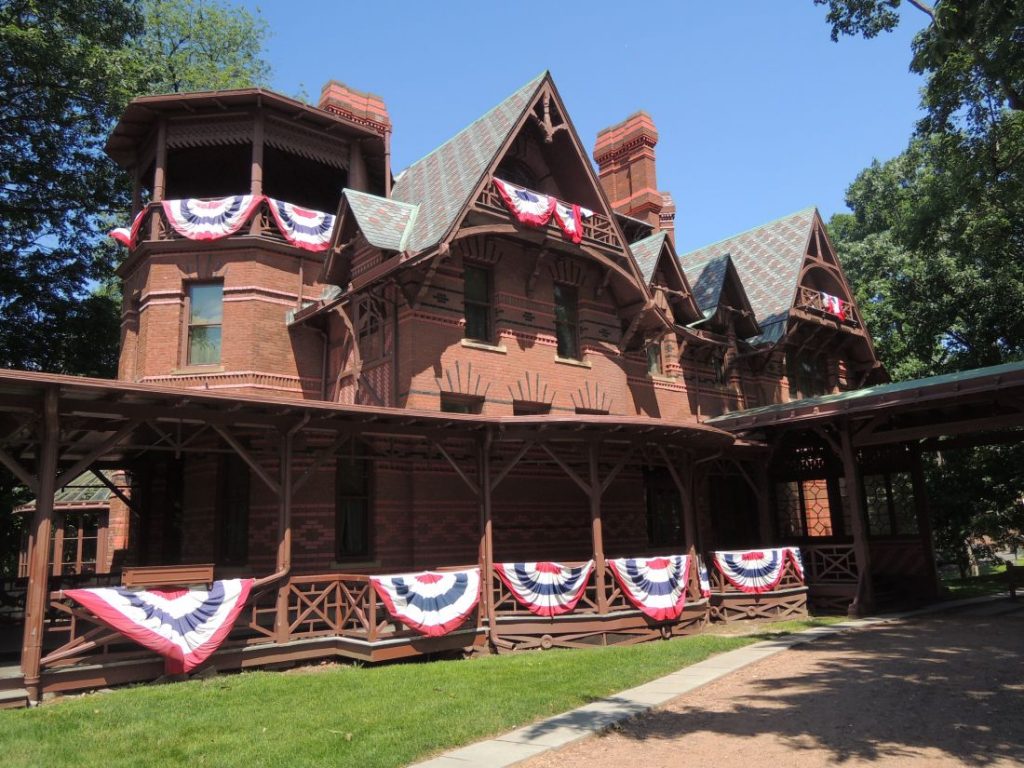 Samuel and Olivia Clemens married in 1870 and moved to Hartford in 1871. Their family enjoyed what the author would later call the happiest and most productive years of his life in their Hartford home.
Samuel and Olivia Clemens married in 1870 and moved to Hartford in 1871. Their family enjoyed what the author would later call the happiest and most productive years of his life in their Hartford home.

